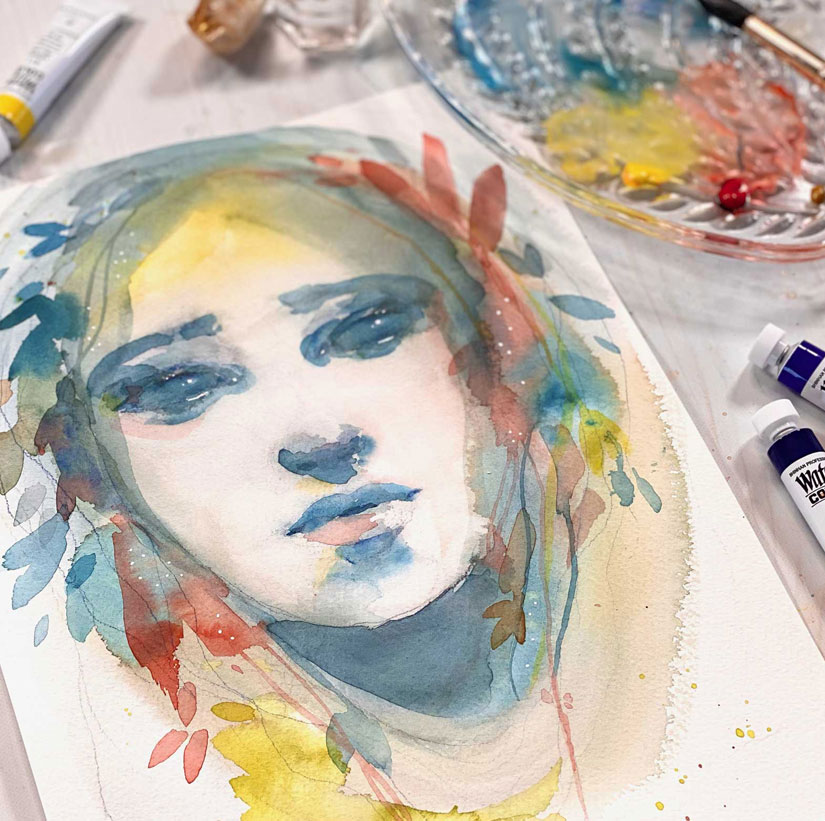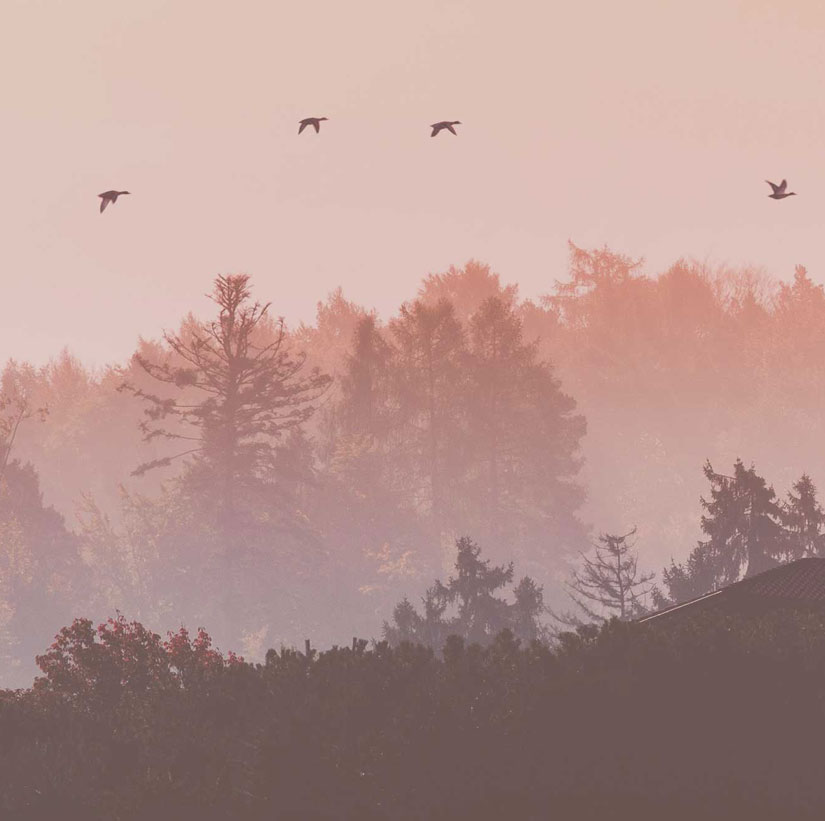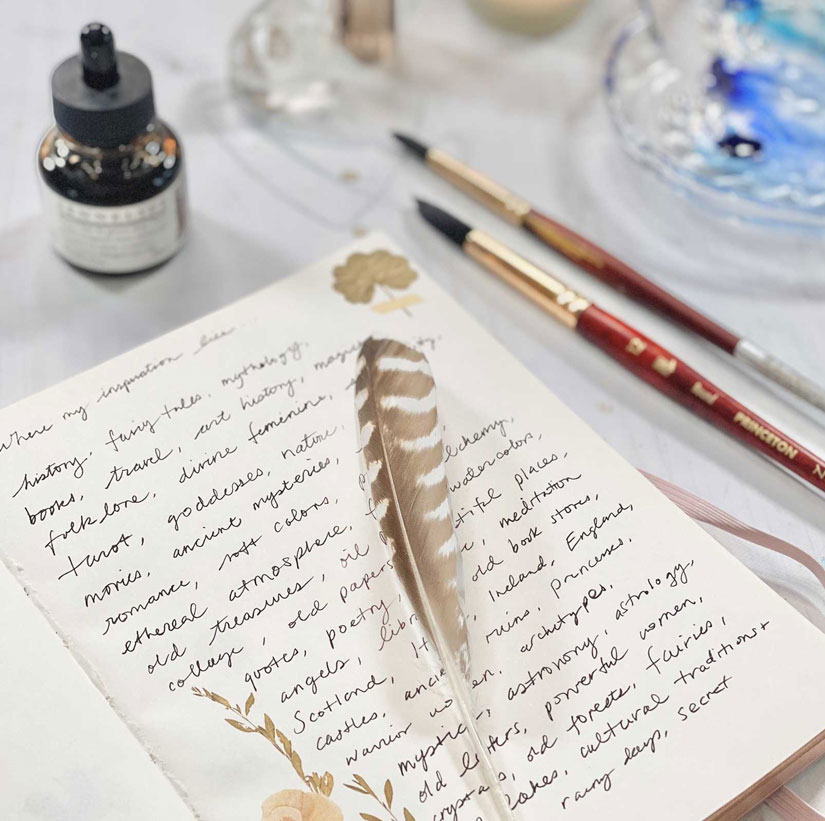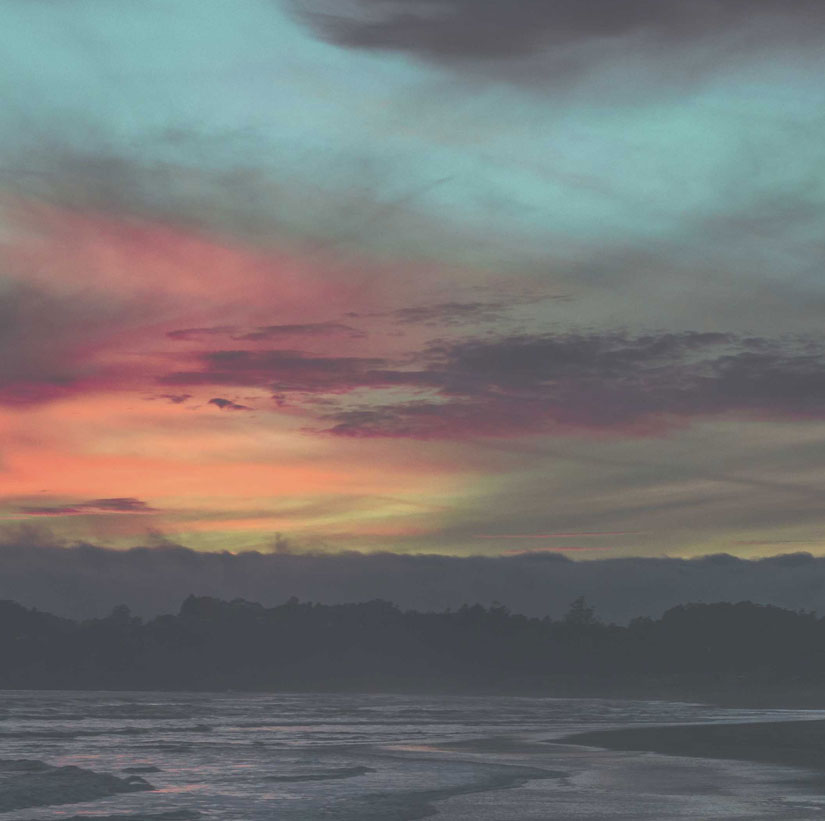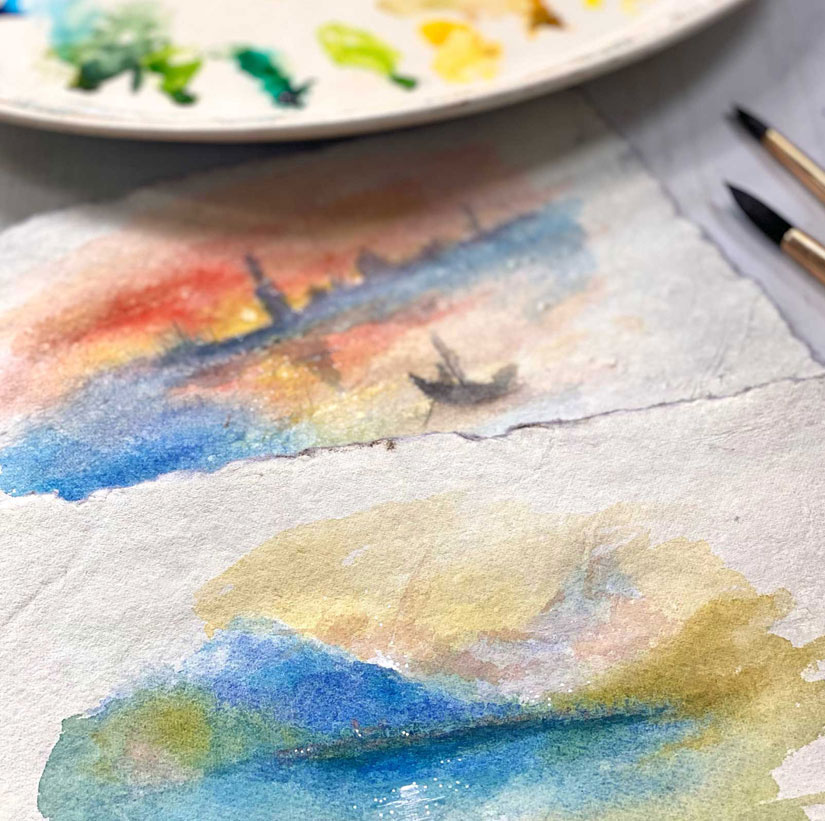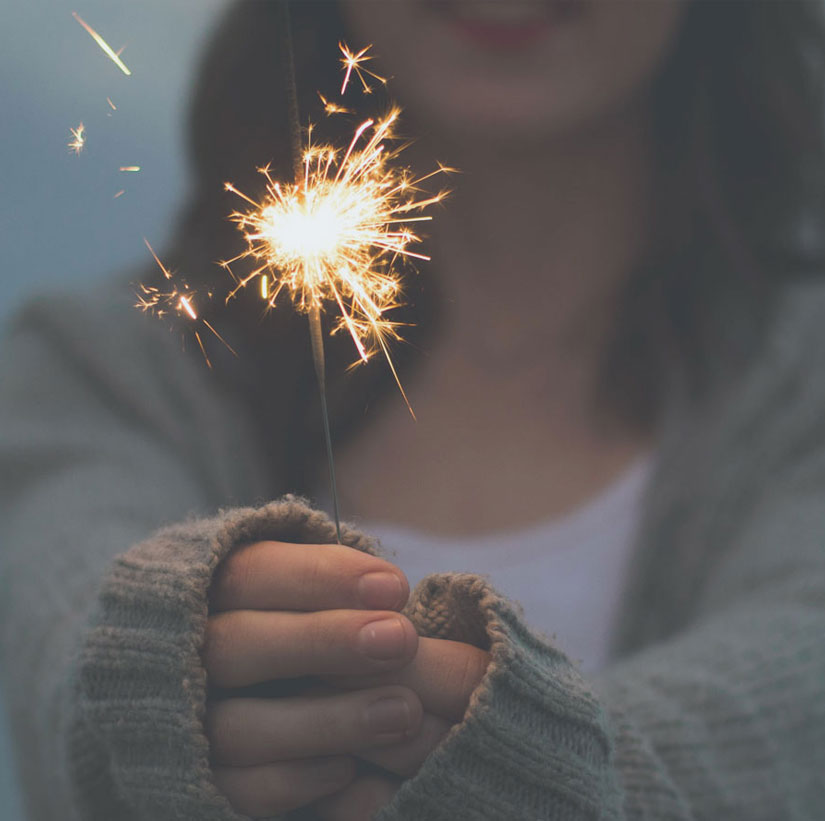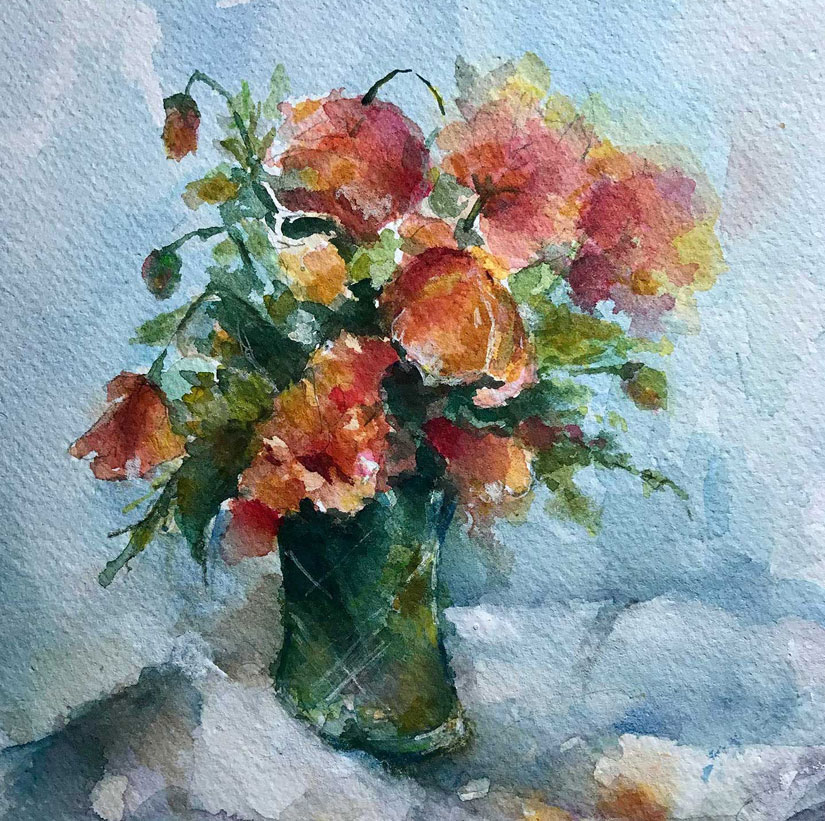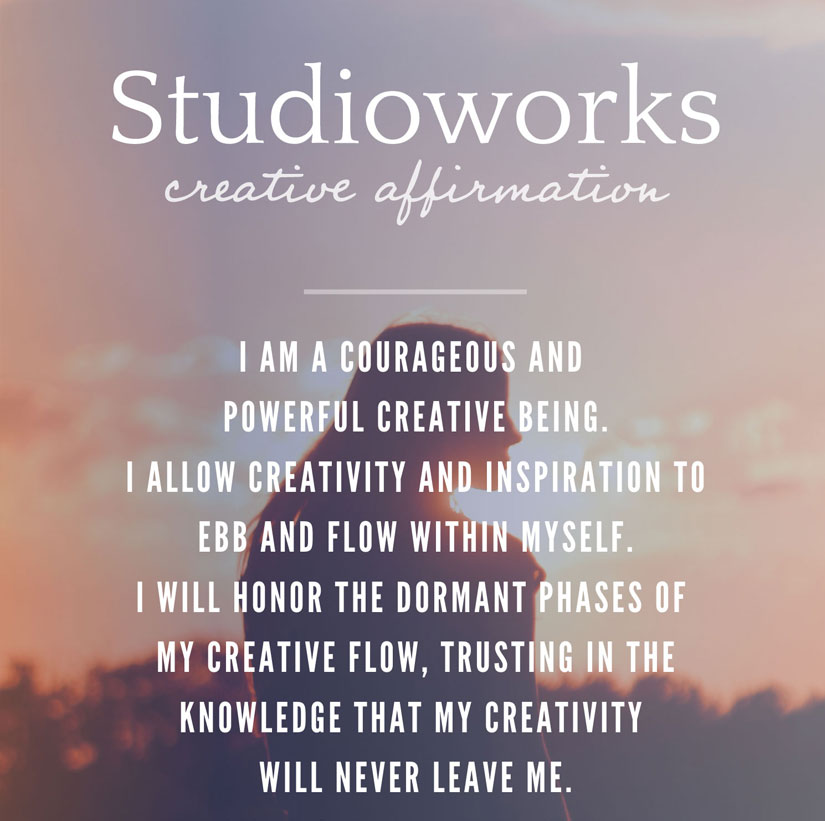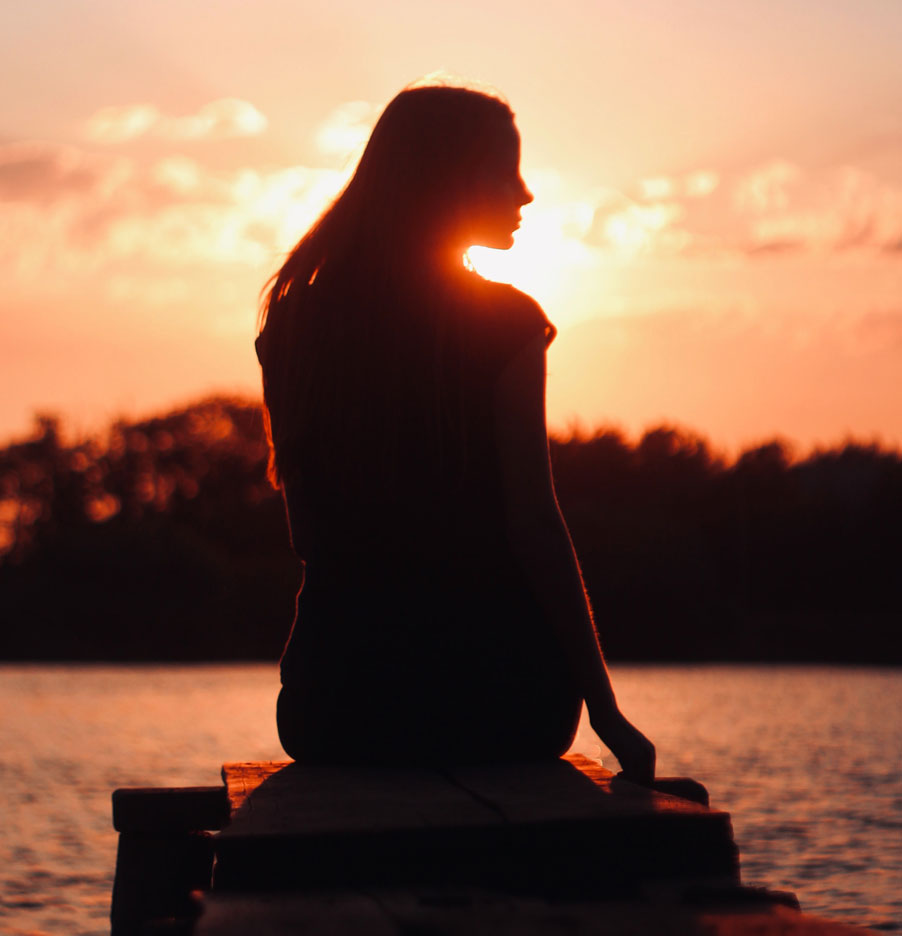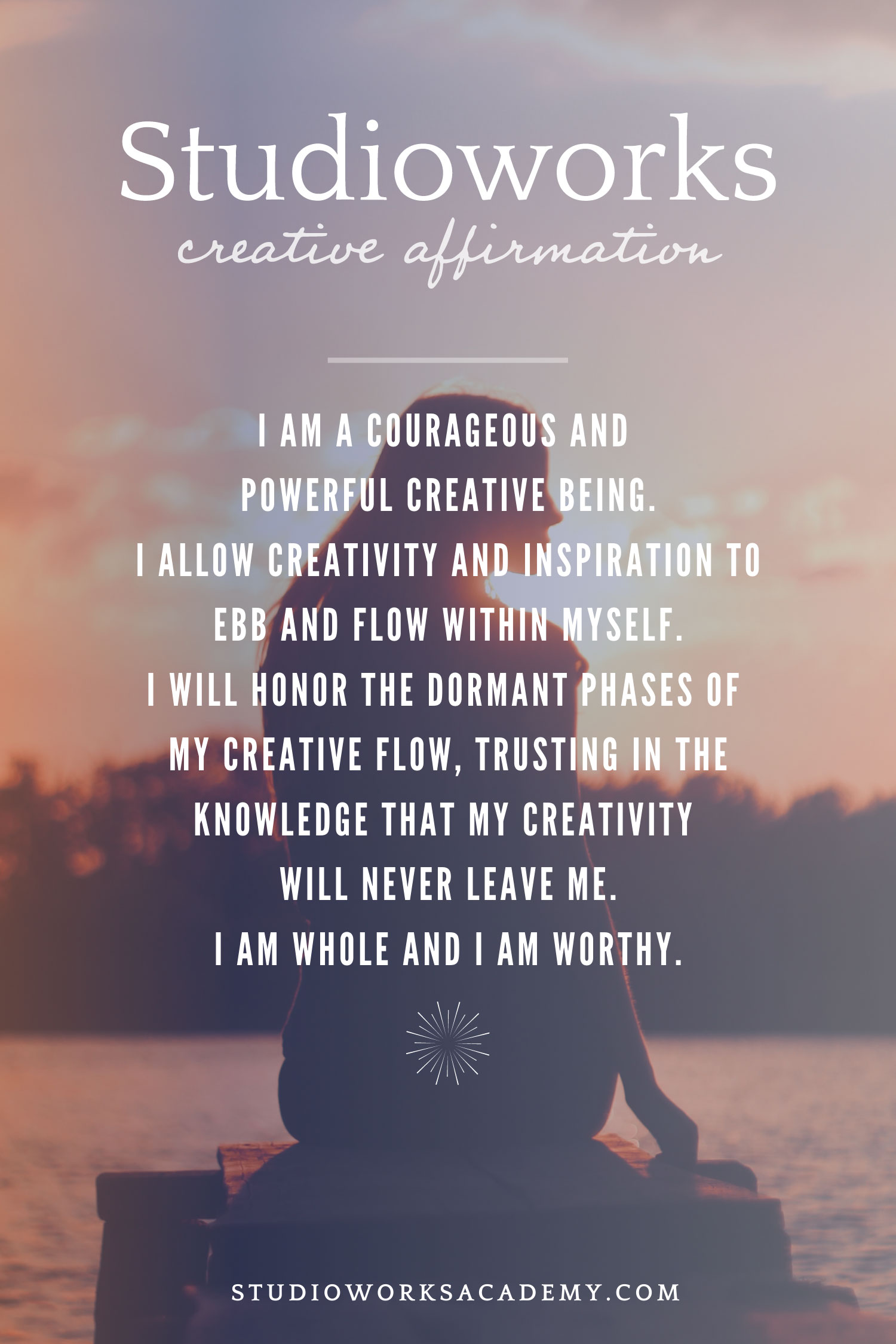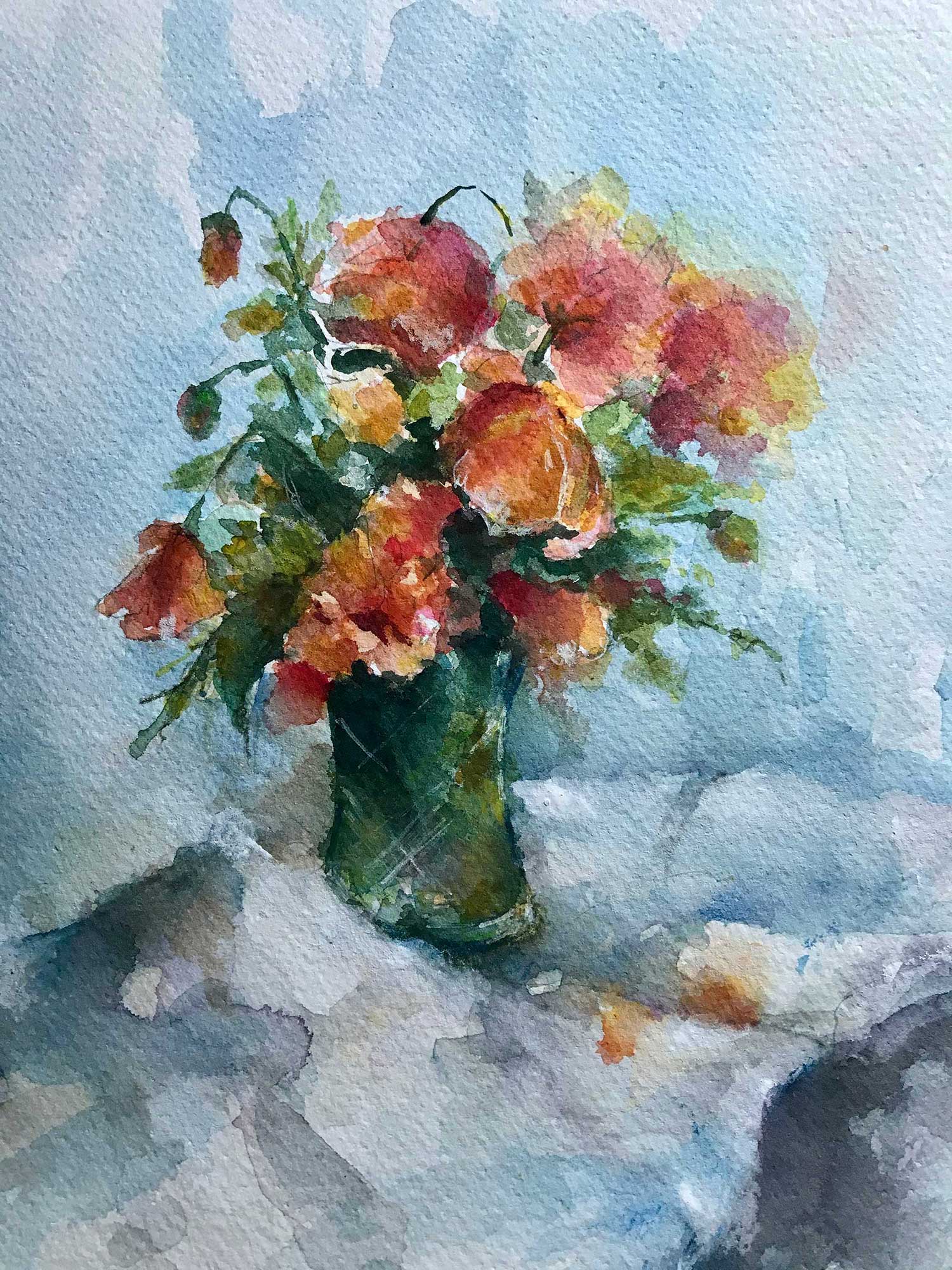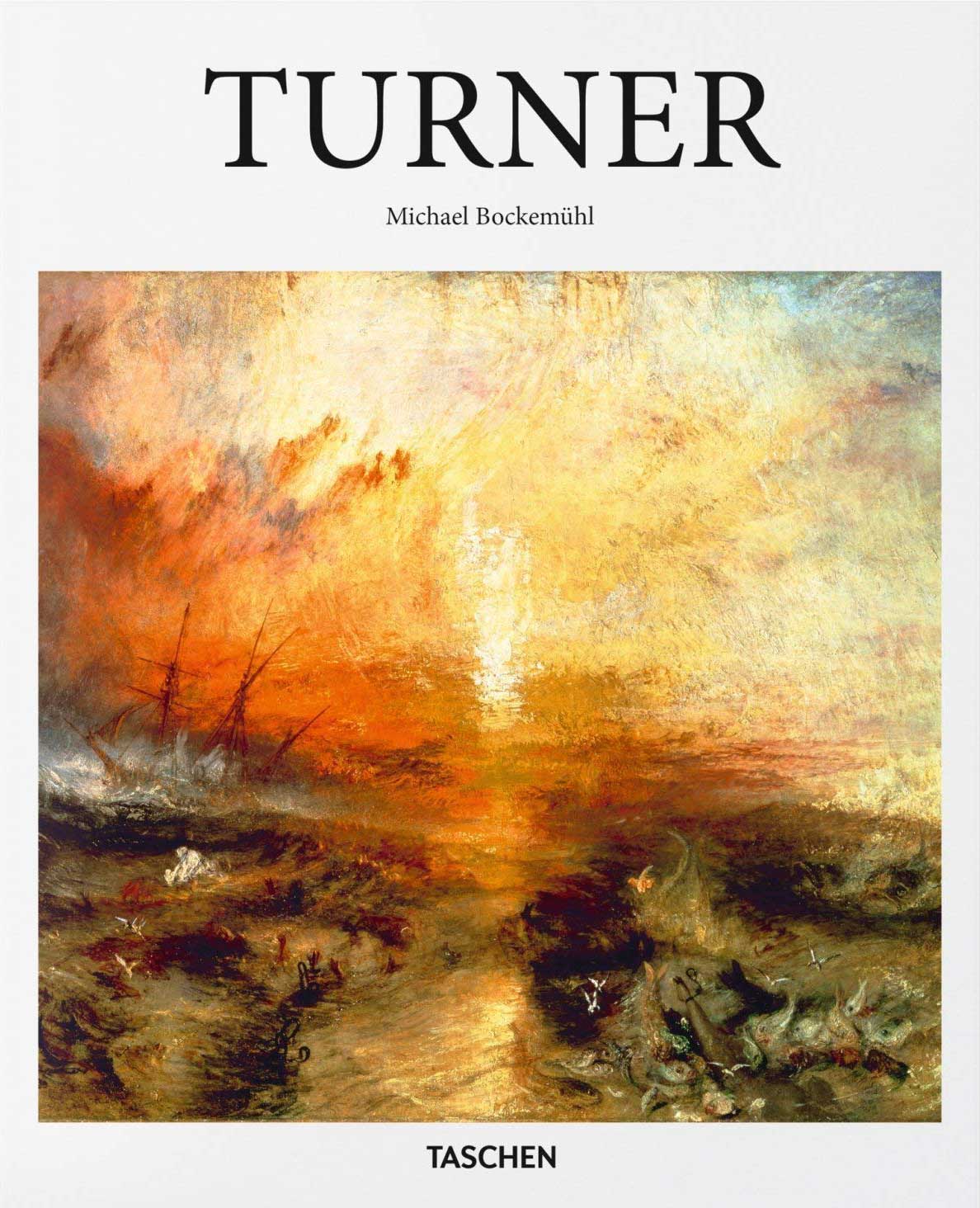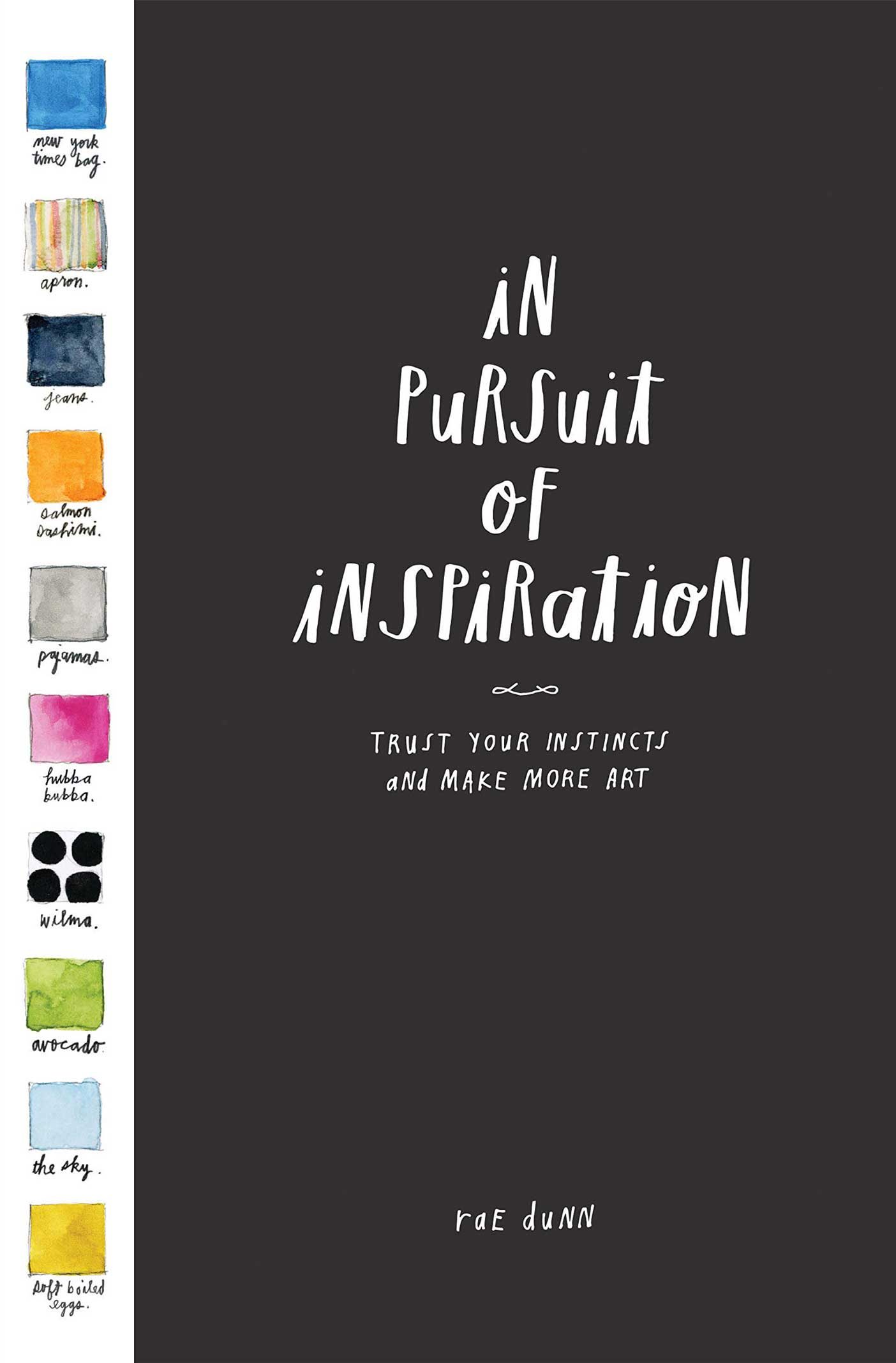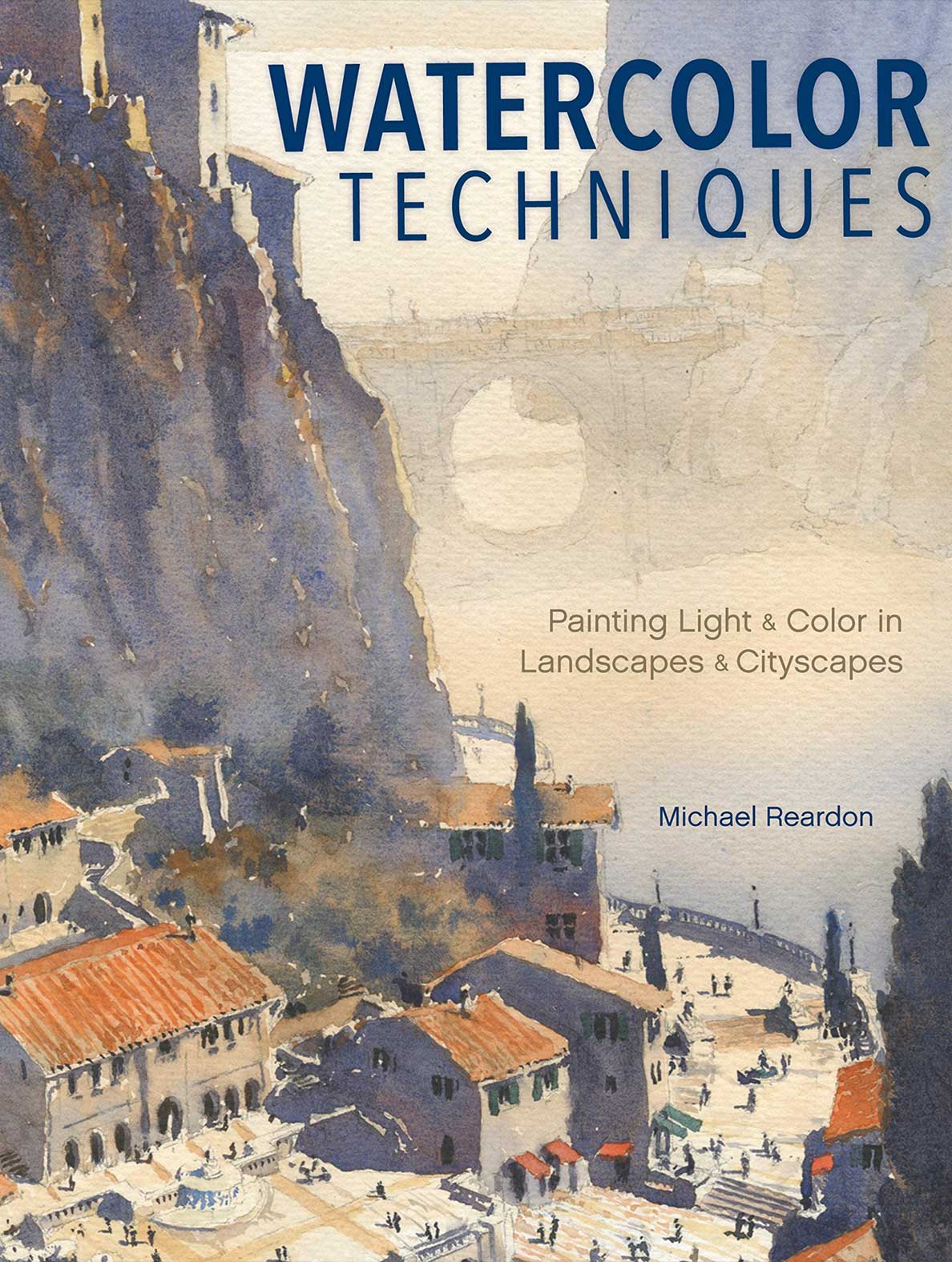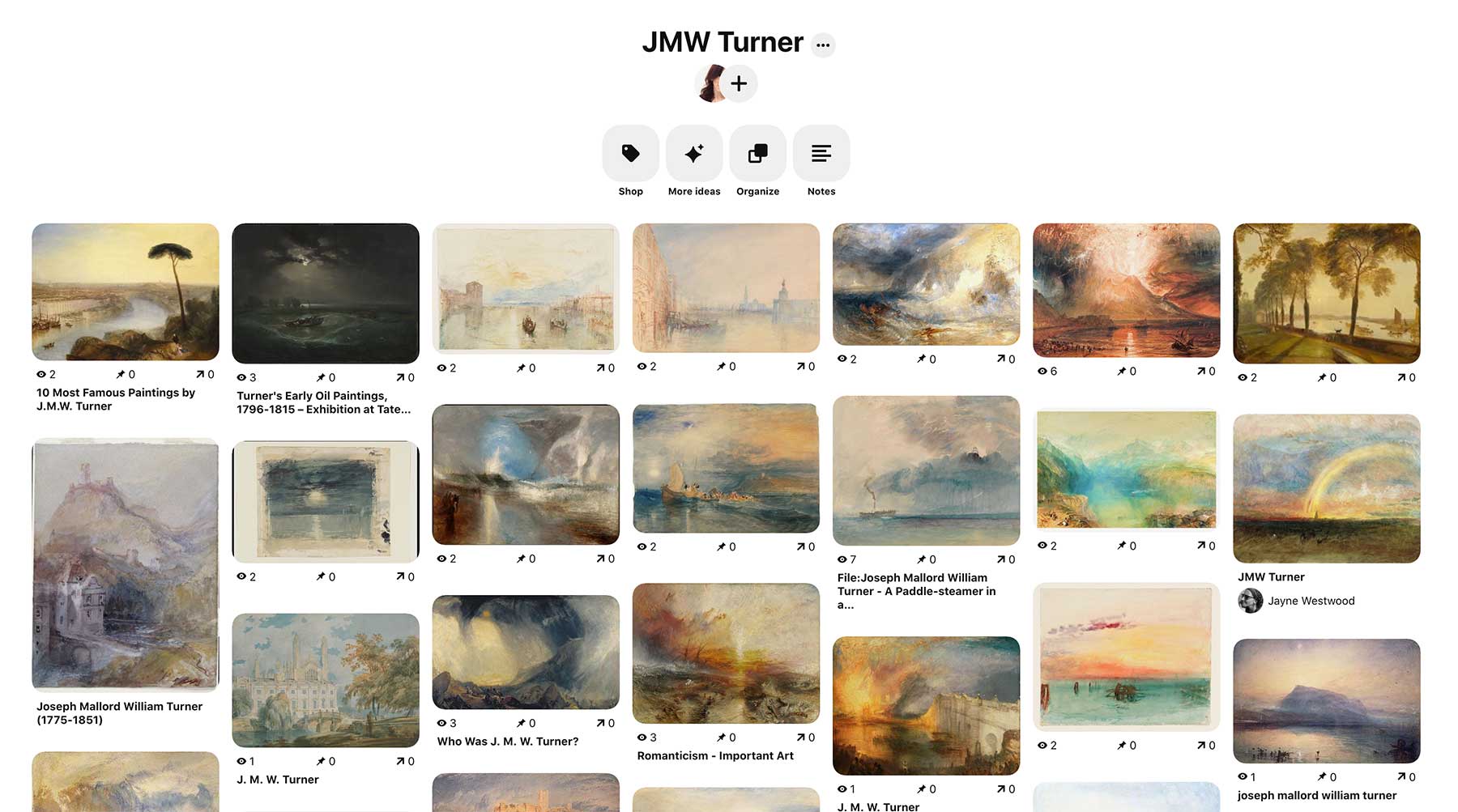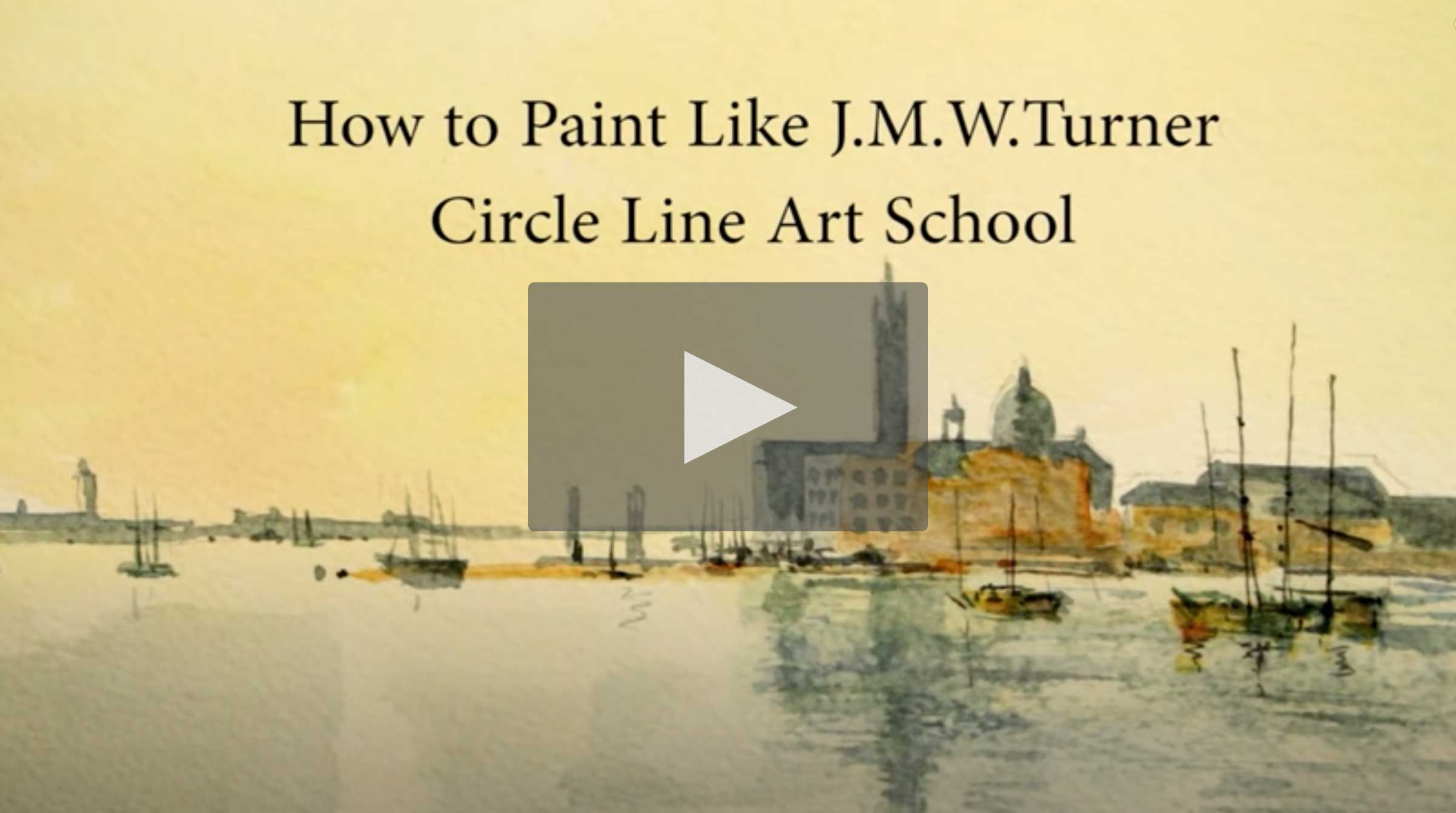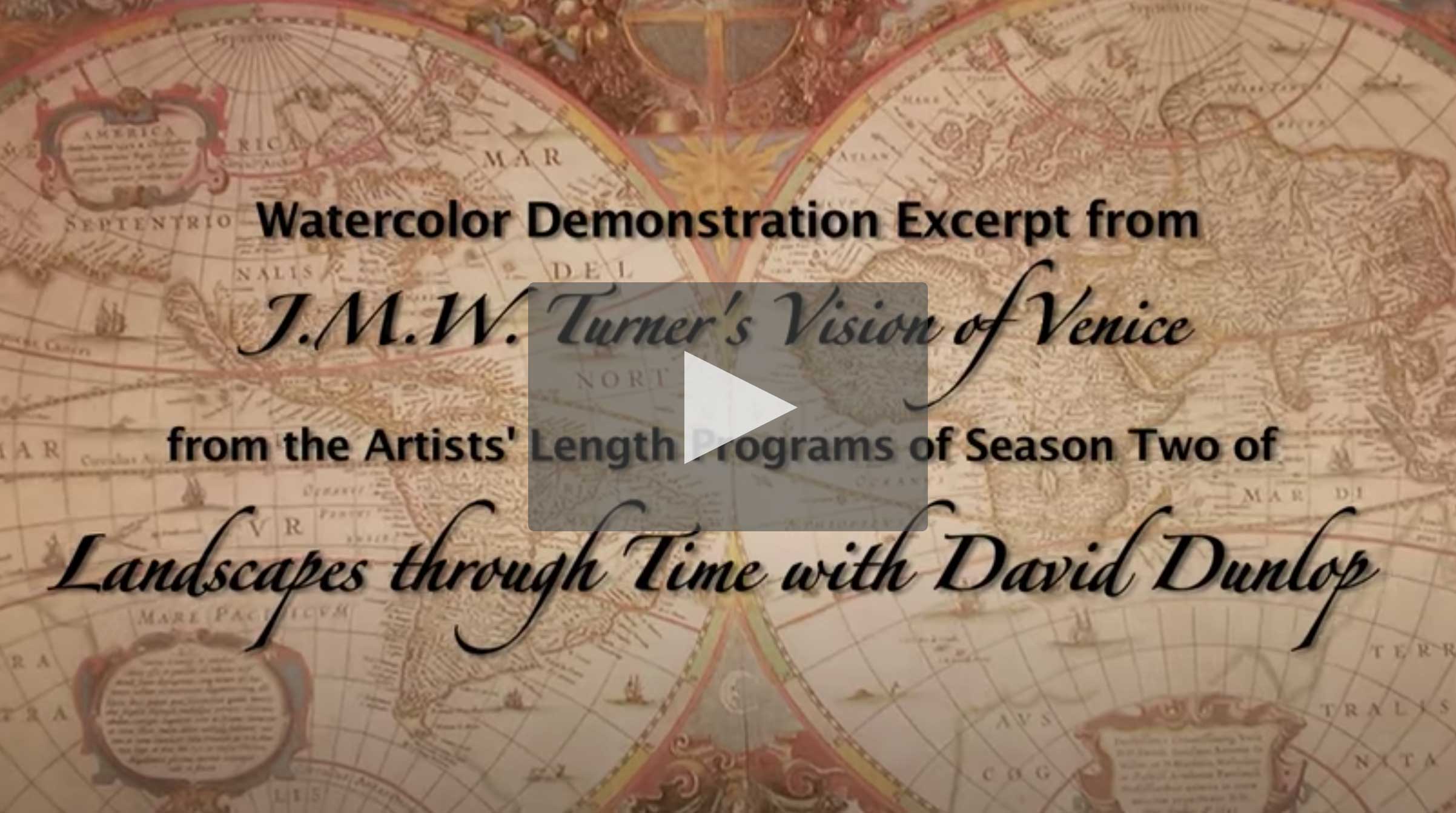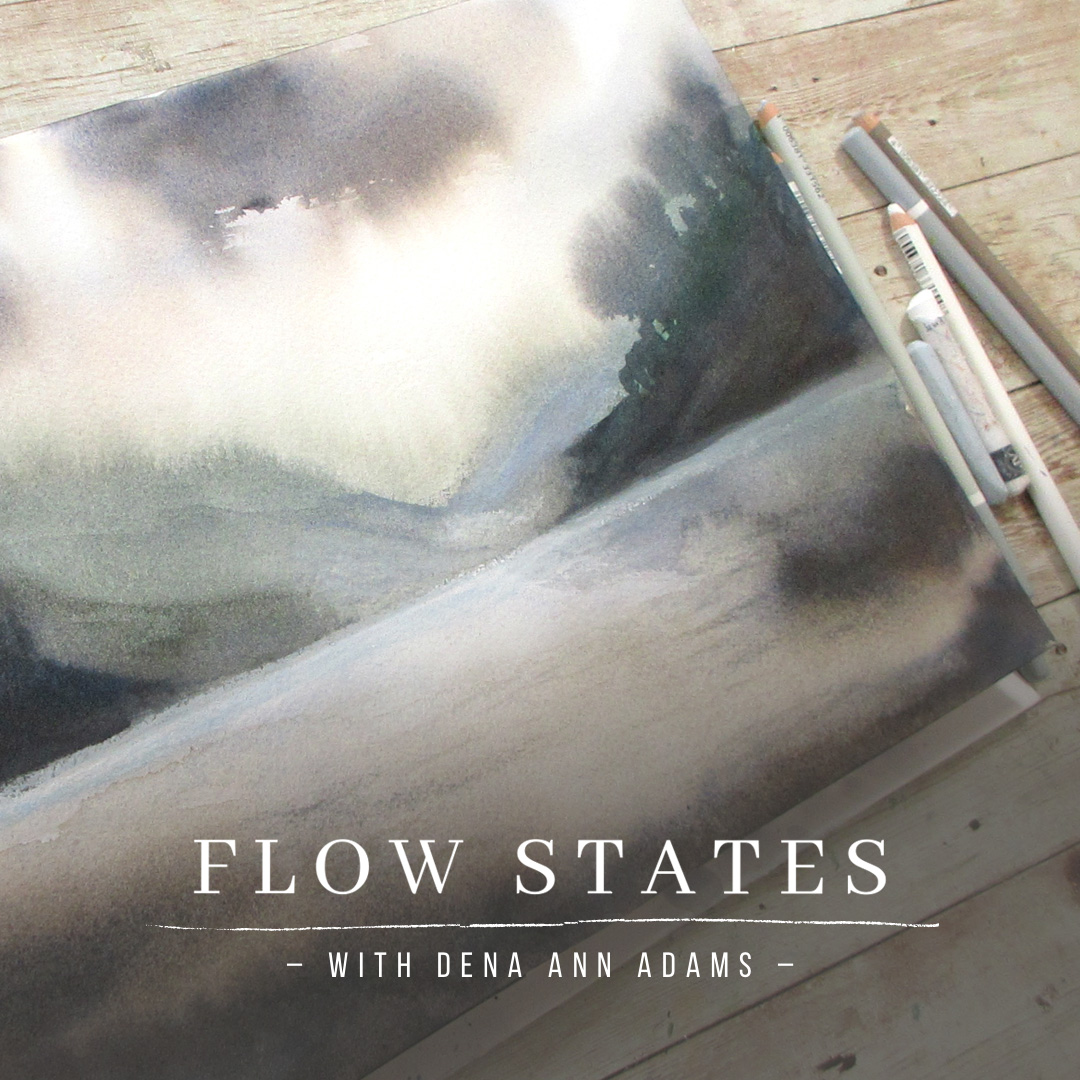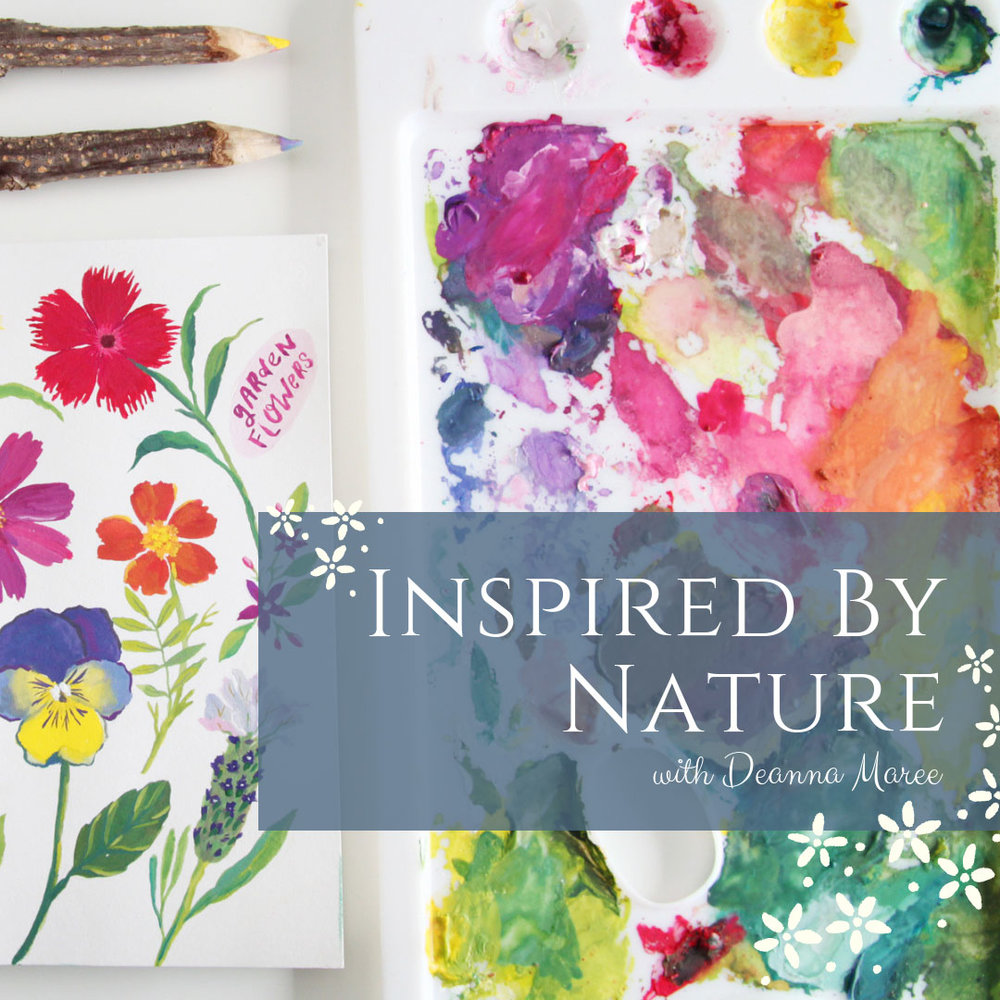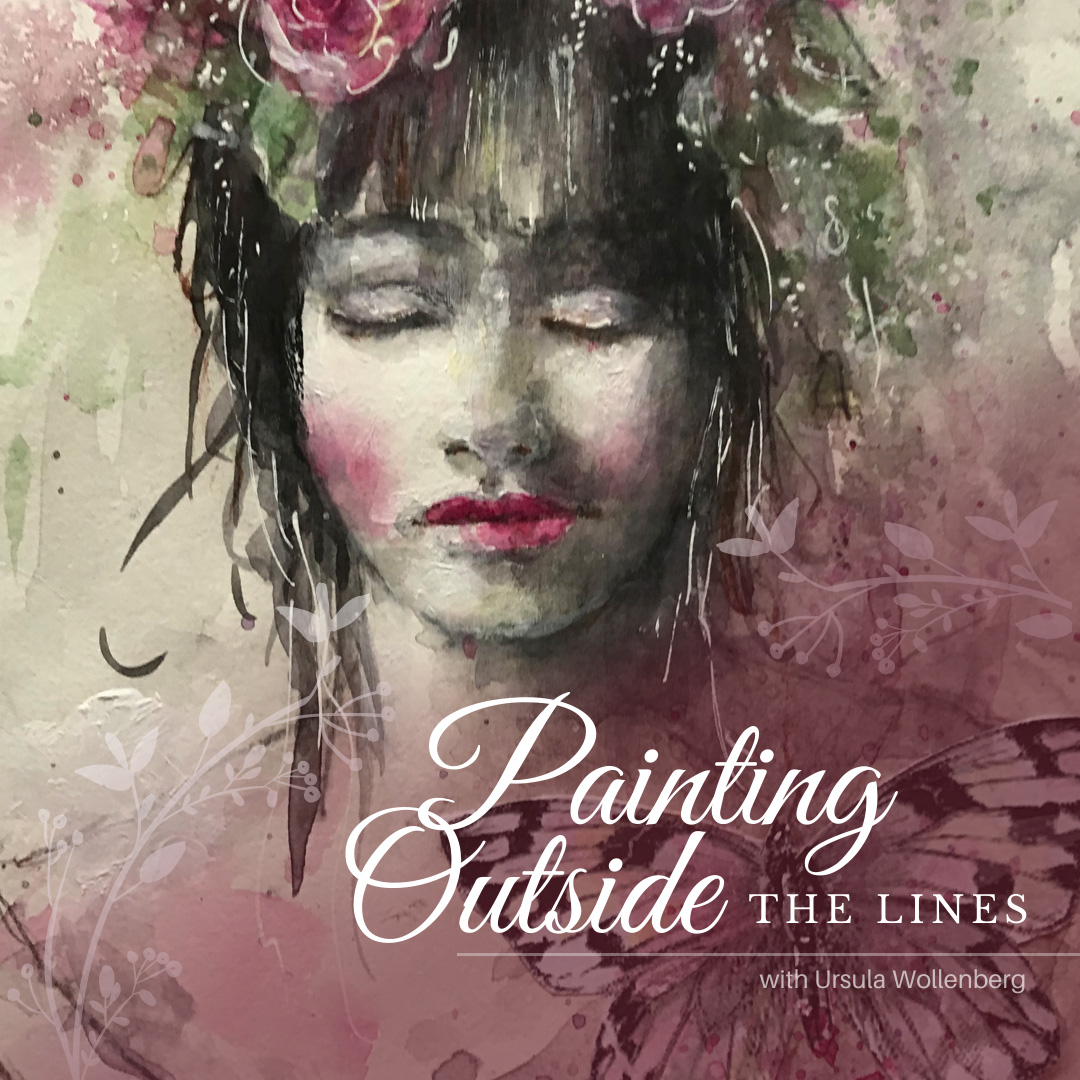IVY NEWPORT
Studioworks
Journal
a letter from ivy
Welcome to Issue #26 of the Studioworks Journal! As always, I’m delighted you are here with me and I’m excited to share this with you. This month, I wanted to explore the nature of inspiration and the idea of connecting with your Muse.
We so often get confused about inspiration, where it comes from, how it works, and why it seems to dry up at the least opportune moment!? So let’s do some digging…
xo,

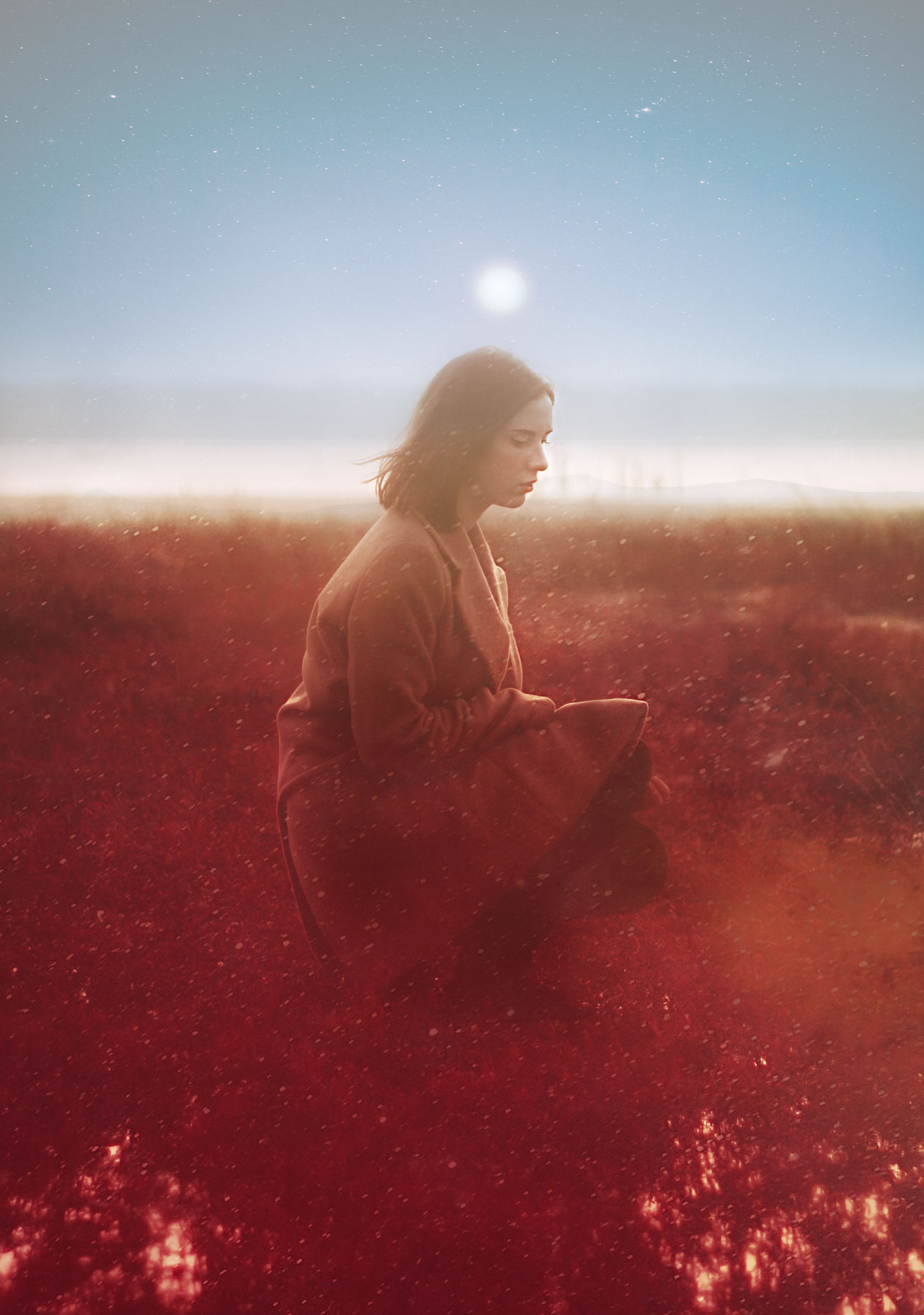
Each issue will invite you to explore your creative practice in whichever way works for you. Experience each issue at your own pace. Take what resonates with you and put the rest aside for another time.
Grab a cup of something lovely and dive in.
MONTHLY THEME
Inviting Inspiration
“Inspiration exists, but it has to find you working.”
– Pablo Picasso
You can absolutely experience something inspirational BUT if you can’t harness that energy and interact with it, you can walk away completely uninspired. We must open ourselves up to dance with inspiration and explore our own exchange with it. As Picasso so plainly put it, we need to keep working and inspiration will eventually show up. We just have to be open enough to receive it to invite it in.
Well, my dear creative friends, here is the ironic bit – you see at this very moment, I’m in the depths of an artist’s block. A dry spell. Uninspired. You know how it feels…ugh.
I’m utterly adrift, aimless and rather sad, to be completely honest. I had extreme resistance to writing this issue, feeling like a fraud because I am NOT currently feeling inspired. Then, it dawned on me that this was, in fact, the perfect time to write about Inspiration. Why? Because now, I have the opportunity to walk my way back into flow to work through this process and share it with you. So bear with me friends, as I navigate myself and my heart back to my creative core. Right now, that feels very far away but I do know that my creative potential doesn’t ever leave me, it only goes dormant at times.
Okay, so let’s examine the feelings that often accompany a creative block. Becoming aware of how we feel is important. Stuffing, denying or ignoring our emotions usually doesn’t work too well, does it? Awareness is key. What exactly is going on inside my head and how does it feel in my heart and body?
First, let’s address the head. When I experience creative dry spells, my thoughts often whirl around, repetitive and negative, they lash at me for NOT making art, for NOT showing up, for NOT keeping up with everyone else.
Social media usually triggers extreme anxiety and feels of unworthiness. Demanding questions pelt my mind like icy hailstones – Why aren’t you making art? Why don’t you know what to do? Why can’t you create something worthy to post? Do you even know what you are doing?
Alongside these insulting queries come the accusations – You are not a real artist! You don’t know what you want! You are so scattered and disorganized! You are inconsistent! You are a mess. Make up your mind already! You are falling behind! You have no discipline or direction! You need to DO more!
Ugh….is it any wonder that I am avoiding my studio? Do you blame my dear Muse for running for the hills, her hands over her ears! Yah…I don’t either.
These ugly dialogues are the attempts of my ego to get me back into the studio. Clearly, they are not effective.
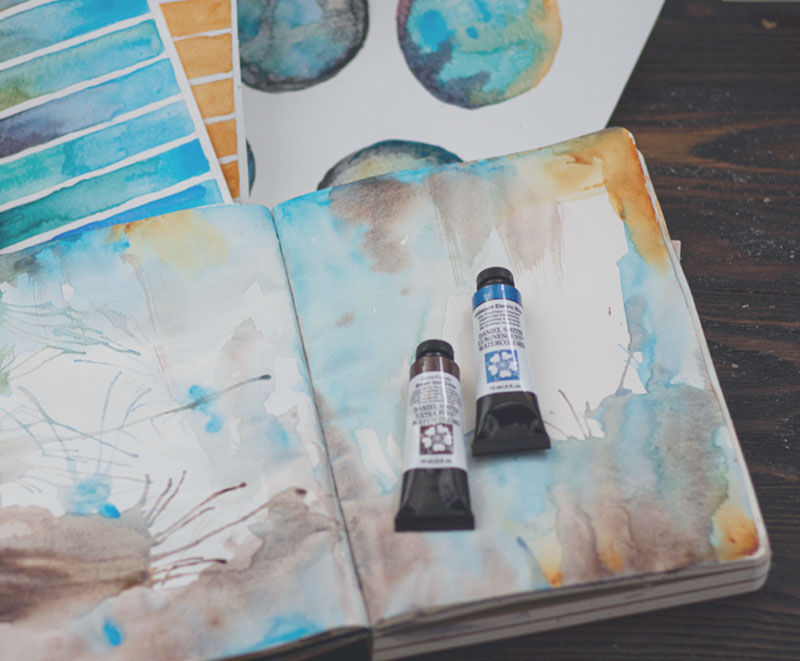
LE PÊCHEUR À LA LIGNE – 1874
PIERRE-AUGUSTE RENOIR
“The worst enemy to creativity is self-doubt.”
– Sylvia Plath
Well…yes…I’m a bit of a mess huh? But I know I’m not alone in these feelings. I know that as creatives, we often cycle through times like this. These “dry spells” can be caused by many things – an overwhelming event or events, grief, stress, burnout, depression, loss, uncertainty, health problems and sometimes they can come suddenly when you don’t expect it. Each time it happens it doesn’t get easier. They never go away. They are part of the creative process. The important thing is to learn to endure them with as much gentle grace as possible and have faith that they will pass. To hold strong to the belief that your creativity will NEVER leave you. It is a part of you.
So, what’s an artist to do when it seems like our dear Muse leaves the building and you’re not sure when she will return? Let’s explore a process that could help us ease back into alignment with our creative selves. I’ll be doing this with you. (Tissues at the ready.)
“If you hear a voice within you saying, ‘You are not a painter,’ then by all means paint and that voice will be silenced.”
– Vincent van Gogh
Inviting Inspiration
Re-aligning with your Creative Self
“When the world around me has made me sad, I feel distant from you, my muse. Were you scared away? Don’t be, my muse. I will create a safe place for you to come back to… and it will be just you and me.”
– Melissa Jean
The first thing to do is acknowledge your emotions as I mentioned. Journal about it. Write down all those pesky thoughts! Have a cry if you need to. It’s ok. I just bawled my eyes out! Seeing your inner dialogue on paper releases some of its power and you can witness just how cruel you are being to yourself. Look with an open heart on those statements. What is true and what is not? How can you be kinder in the way that you communicate with your inner artist?
STEP BACK FROM SOCIAL MEDIA
I have found it VERY helpful to take a step back from social media and outer influences. Seeing a bunch of other people making art when you can’t can be painful and can encourage more negative self-talk. Maybe instead flick through your favorite magazines or enjoy a beautiful book or movie. Whether we like it or not, social media has incredible power with the ego. And while our egos have their purpose and place, this is NOT the time you need to fuel its energy. Take a break from all that noise. Like a real break…not just a few hours. I’m talking a few days or longer if needed. Don’t worry…you won’t really miss anything…
VISUALIZE AND RECONNECT WITHIN
Next, visualize your inner artist. Close your eyes and really see that beautiful, innocent part of yourself that delights at color and beauty and nature and ideas! The childlike aspect of self that can light up a room with incredulous joy and love. This part always makes me cry because this is such a tender part of ourselves. A precious energy that is often trod on and overrun by the ego. This is where your inspiration lives. This is where the Muse resides. Within this illuminated center of your being. Feel the pain and fear within this part of yourself. The part you have been beating up on. Suddenly, once you can clearly see and connect with your inner artist, it seems incomprehensible to be so utterly cruel to this being. No wonder we cannot make art when we are so disconnected from this part of ourselves.
BE GENTLE
You cannot coax a frightened child or timid creature into your arms by yelling at it. You cannot spew demands and make ultimatums with this aspect of yourself. We must proceed with gentleness. With patience. Write an apology note to this part of yourself. Explain that you have been scared or angry or stressed and that you didn’t mean to hurt this being. Tell your Muse that you wish to start over and explore new and exciting things with her. Gently take her hand.
“Often the Muse will not respond to direct and logical requests. She must be lured in with the playful and gentle.”
– Jill Badonsky
Now that you have quieted your ego and comforted your inner artist. Make a list together or write about the things that inspire you. It might be a certain color, a master artist, a style you want to explore, a vision you see in your mind. It could be your garden or your grandchildren. Don’t make any plans just yet, just make an “Inspiration seed” list. This can be a list you can refer back to during your next dry spell. These seeds of inspiration can be planted now within the darkness of your dormancy.
Re-entering a creative phase after an emotional and frustrating artistic dry spell should be done with care. Don’t go making BIG plans or attempt large scale projects. Start small. Set limitations to avoid overwhelm. This, I find, is a tenuous threshold indeed. If I reach too far, my muse will back away and I’ll end up stuck again. Oftentimes your muse won’t even show up until you start to work! So start alone if you have to.
It’s a great idea to clean your creative space. Reclaim it. Re-organize, re-decorate and tidy up. Chaos will only create low vibrations. If you enjoy sage burn some, open the windows and clear the space energetically. Or light a candle or favorite incense stick. Bring some fresh flowers into the space.
When attempting to create, consider picking one color, one tool. At first, you might just make marks while listening to music or collage a blank page in your journal with pretty images. Let your muse lead you. See how you feel in your body. Check in with yourself. These small activities usually lead you to more exploration but if they don’t that’s ok too. Don’t judge these windows of creativity and definitely DON’T put pressure on yourself to produce finished work. It is best to schedule this time in and show up in the studio several times during the week.
Balance your studio time with rest, time out in nature and connecting with loved ones and friends. Remember, you are not an art machine. You are a highly sensitive being who courageously engages with creativity. This process involves risk taking, vulnerability, disappointment and humility. It’s no wonder we have dormant phases. Creating takes a lot of energy!!!
“The soul of art is inspiration.”
– Ginia A. Davis
At the end of a week having experiences with your inner artist in the studio take some time to reflect on your activities. What is feeling good? What is not? What ideas have been sparked? Where are you being guided? Refer back to your “Inspiration Seed” list, what are you connecting to?
Now that the block seems farther behind you, what do you think caused it? Were you working too much? Watching too much news? Not taking enough time for yourself? It’s good practice to explore what might have triggered your “dry spell”. This will not prevent future blocks (remember they are inevitable) but you may enter into them with more compassion and understanding.
MEETING YOUR MUSE
Hopefully, you are feeling better and more aligned with your creative self. Now might be a great time to write a letter to your Muse:
Ask her what she wants to create with you? Ask her how you can support her better?
These exercises may feel strange but fear not, you are simply connecting deeper with your higher self. The part of yourself that holds infinite wisdom, compassion and love. Embrace this part of your soul. Make a painting of her. Know that you are always co-creating with this divine essence.
I hope these ideas might help you navigate back into your inspiration. That they might help you to realign and re-ignite that beautiful beacon of light within us all. To know that we ALL go through these “blocks” but that we can heal and learn from them. To surrender to the creative cycle and see it as a sacred process. To understand that even when we feel disconnected from our creativity, that it moves within us like a silent river. To trust that it will resurface and most importantly to know that you are never ever alone in these feelings.
As for me, my patient creative friends, I am already feeling better after writing this and taking time away to heed my own advice. My heart feels calmer, my head lighter. I can feel the bubbling up of my own creativity as my Muse re-emerges from the shadows. I am ready to get back to work and who knows, Inspiration might even show up.
“I think some of the biggest bursts of creativity and artistic growth I’ve had are usually preceded by a big creative block.”
– Ashley Goldberg
Re-aligning with your Creative Self
Writing Prompt
1. When you experience a lack of inspiration, what is going on in your life that might be attributing to it?
2. What activities typically spark inspiration and ideas for you?
3. How does it feel in my body and mind when I experience a creative block?
4. What are three actions I can take that would nurture my inner artist during these dry spells?
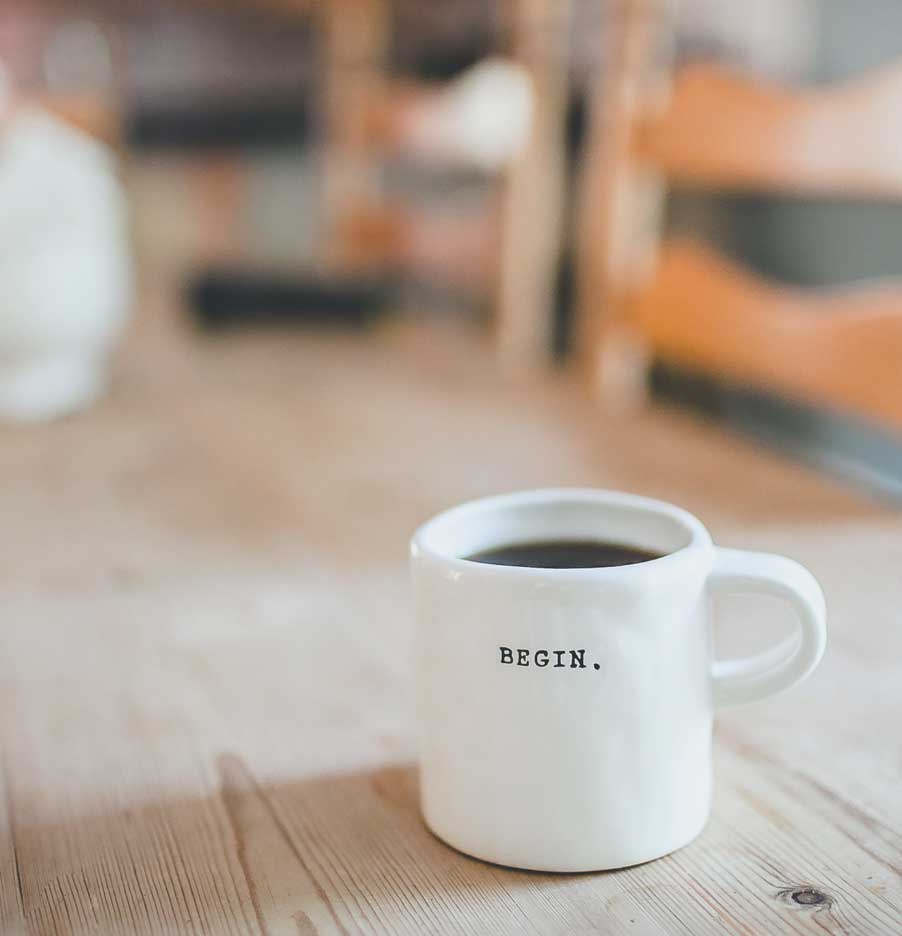
“Nothing is original. Steal from anywhere that resonates with inspiration or fuels your imagination. Devour old films, new films, music, books, paintings, photographs, poems, dreams, random conversations, architecture, bridges, street signs, trees, clouds, bodies of water, light, and shadows.”
― Jim Jarmusch
Writing Prompt
INSPIRED ARTIST PROMPT:
- Create a virtual pin board or a real life vision board filled with images, colors, art, symbols that make you feel inspired or excited.
WORD OF THE MONTH
Inspiration
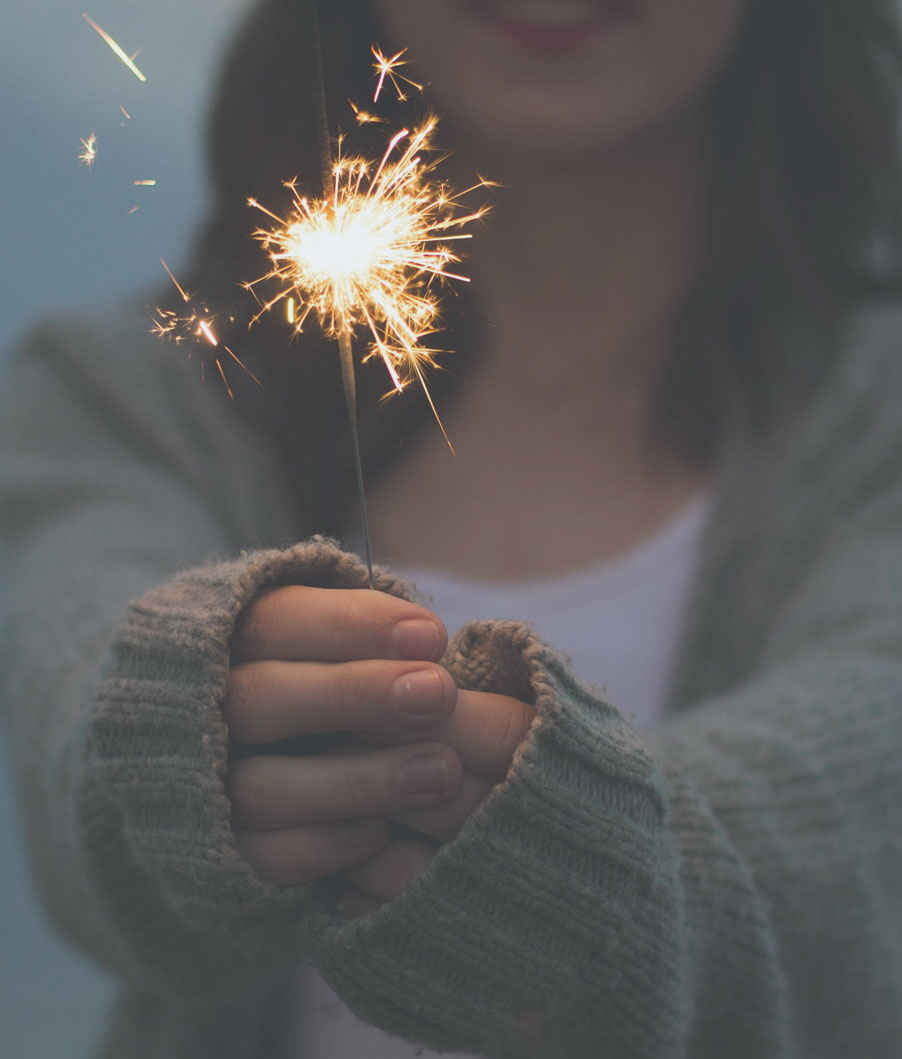
Inspiration – something that makes someone want to do something or that gives someone an idea about what to do or create : a force or influence that inspires someone. : a person, place, experience, etc., that makes someone want to do or create something. : a good idea.
Inspiration in Human culture and religion – (from the Latin inspirare, meaning “to breathe into”) is an unconscious burst of creativity in literary, musical, or visual art and other artistic endeavours. The concept has origins in both Hellenism and Hebraism. The Greeks believed that inspiration or “enthusiasm” came from the muses, as well as the gods Apollo and Dionysus. Similarly, in the Ancient Norse religions, inspiration derives from the gods, such as Odin. Inspiration is also a divine matter in Hebrew poetics. In the Book of Amos the prophet speaks of being overwhelmed by God’s voice and compelled to speak. In Christianity, inspiration is a gift of the Holy Spirit.
“Inspiration is trying to send me messages in every form it can – through dreams, through portents, through clues, through coincidences, through deja vu, through kismet, through surprising waves of attraction and reaction, through the chills that run up my arms… through stubborn ideas that keep me awake all night long…”
– Elizabeth Gilbert
Golden Awakening Meditation
“This is a gentle guided meditation designed to softly wrap you in blankets of healing light, to re-awaken your own power, your magic, your healing and beauty. It feels like a lovely delicate treat for yourself, for your spirit. Let the light in. Lift your spirits. Rise up beautiful one!”
Xo,
Rachel
Golden Awakening Meditation
Download more meditations from Rachel and connect with her below…
“Stop. Breathe. Allow yourself the luxury of doing nothing for a moment, or an hour, or even a day. It is in emptiness that inspiration will appear.”
– Carole Katchen
Monthly Affirmation
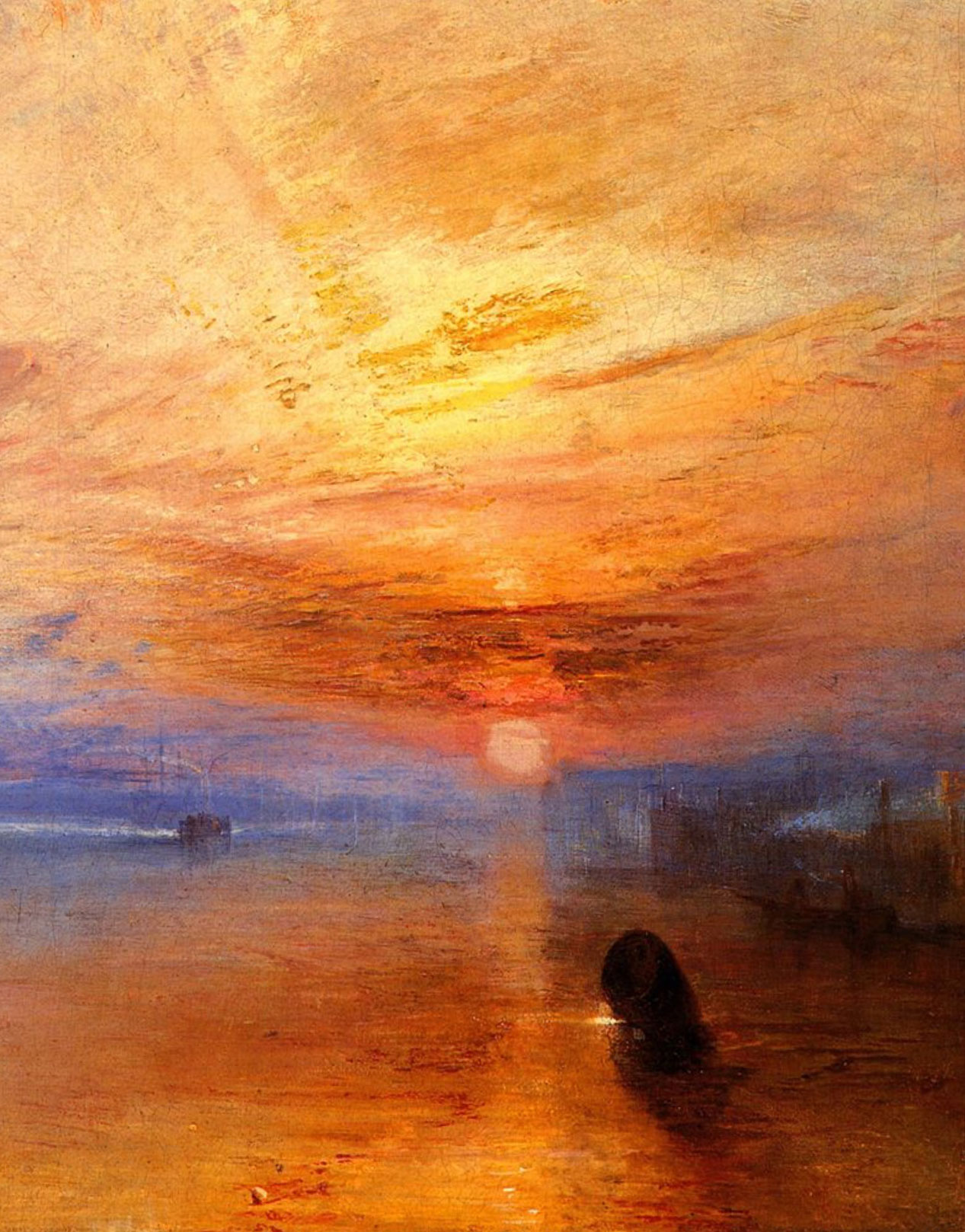
Color Palette of the Month

“It is only when we are no longer fearful that we begin to create.”
– J. M. W. Turner
Color Palette
INSPIRED ARTIST PROMPT:
- Create an inspiration journal. Write down ALL your ideas (however random they might be) document things that inspire you! From other artists, colors, elements of nature, stories, films, anything! This treasured journal can be of great use during times of creative blocks.
Master Artist Guide
JOSEPH MALLORD WILLIAM TURNER
So let’s learn a little bit more about this astounding artist…
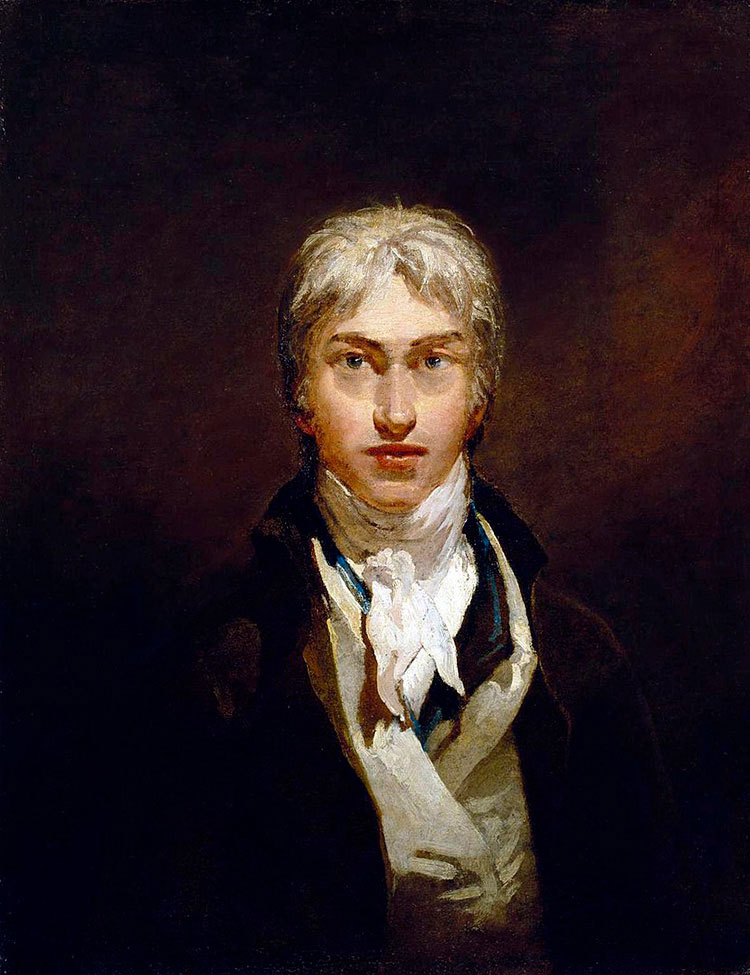
SELF PORTRAIT – 1885
“Light is therefore colour.”
– J.M.W Turner
OVERVIEW
Intensely private, eccentric and reclusive, Turner was a controversial figure throughout his career. He did not marry, but fathered two daughters, Eveline and Georgiana by his housekeeper, Sarah Danby. He became more pessimistic and morose as he got older, especially after the death of his father, after which his outlook deteriorated, his gallery fell into disrepair and neglect, and his art intensified. He lived in squalor and poor health from 1845, and died in London in 1851 aged 76. Turner is buried in Saint Paul’s Cathedral, London.
“My business is to paint what I see, not what I know is there.”
– J.M.W. Turner
EARLY LIFE
At the age of ten, due to his mother’s signs of mental instability, Turner was sent to live with an uncle in Brentford, Middlesex, a small town on the banks of the Thames, to the west of London. In Brentford, Turner began his artistic activities by coloring a series of engraved plates. Later, in 1786, he was sent to Margate where he attended school and also began to draw the town and surrounding area. Back in London, his father exhibited these drawings in his shop and sold them for a few shillings each. Sketching the town and countryside and later creating finished paintings from location sketches would become his working style throughout his career. Although he lived in different areas around London and later traveled widely, he remained a Londoner throughout his life.
Unlike many of his contemporaries, Turner did not adopt an elitist air as he climbed the professional ladder. In contrast, John Constable famously jockeyed for position in terms of social status and by literally contriving to displace a Turner painting in one exhibition at the Royal Academy with one of his own. Though Turner spent time in the society of noble patrons, he preferred to frequent his humbler residences in Chelsea and the fishing village of Margate, even later in life, while also sojourning ceaselessly in the country and seaside in pursuit of striking subjects out in the natural world.
EARLY PERIOD
At the age of 14, he entered the prestigious Royal Academy of Art, and was accepted as an Academy member a year later. Founded by an act of King George III in 1768, the Academy was an important broker of taste as well as a crucial node in the network of possible sales and commissioning – especially from the Royal Family and nobility – for its artist members. Although he was interested in architecture, he was advised by the architect Thomas Hardwick to continue painting. During this period, Turner produced watercolors that were exhibited every year at the Academy. His routine was to paint in the winter and travel in the summer throughout England and Wales. In 1796, he exhibited his first oil painting, Fishermen at Sea at the Royal Academy. It was a nocturnal moonlit scene, the type of nighttime painting that was popular at the time. He was praised for this piece, and it established him as both an oil painter and a portrayer of maritime scenes.
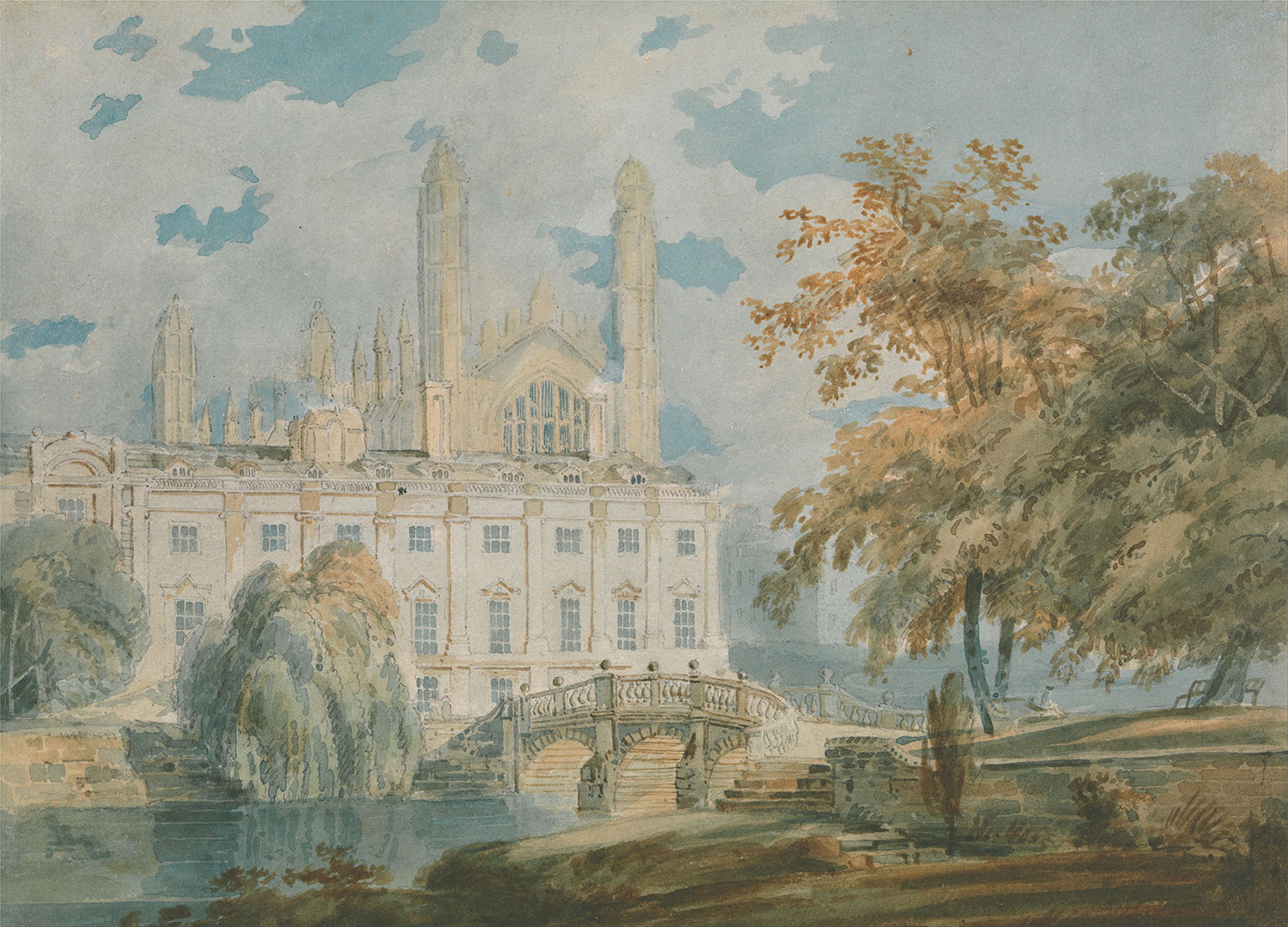
Chapel, Cambridge, from the Banks of the River Cam, 1793, watercolor
He expanded his travels to the European continent in 1802, visiting France and Switzerland. A group of noblemen sponsored this trip, and he was provided with a French-speaking guide and a small coach. He documented the trip with his painting, Calais Pier (1802-3) and made more than 400 drawings during this journey.
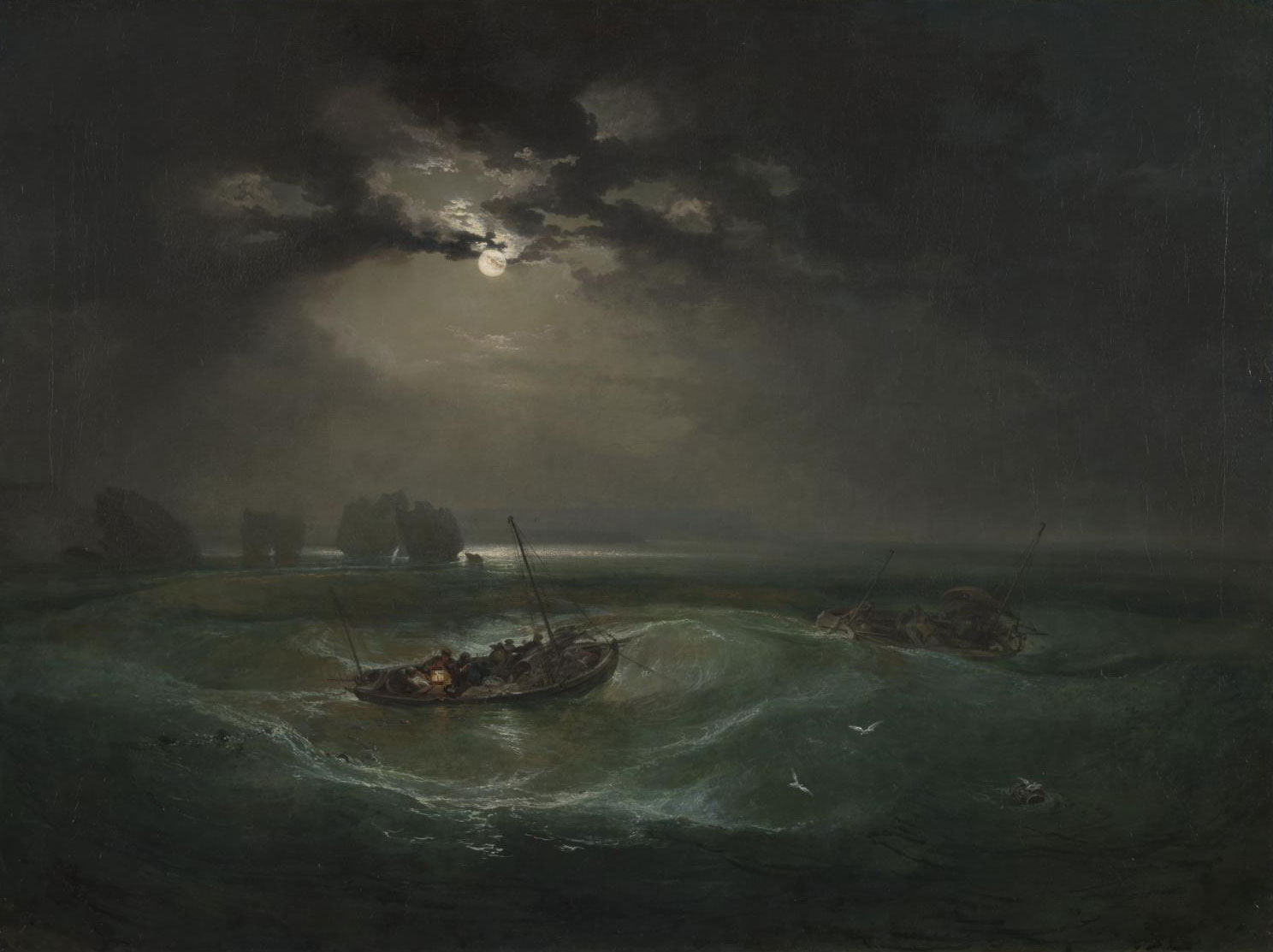
Fishermen at Sea 1796, oil on canvas
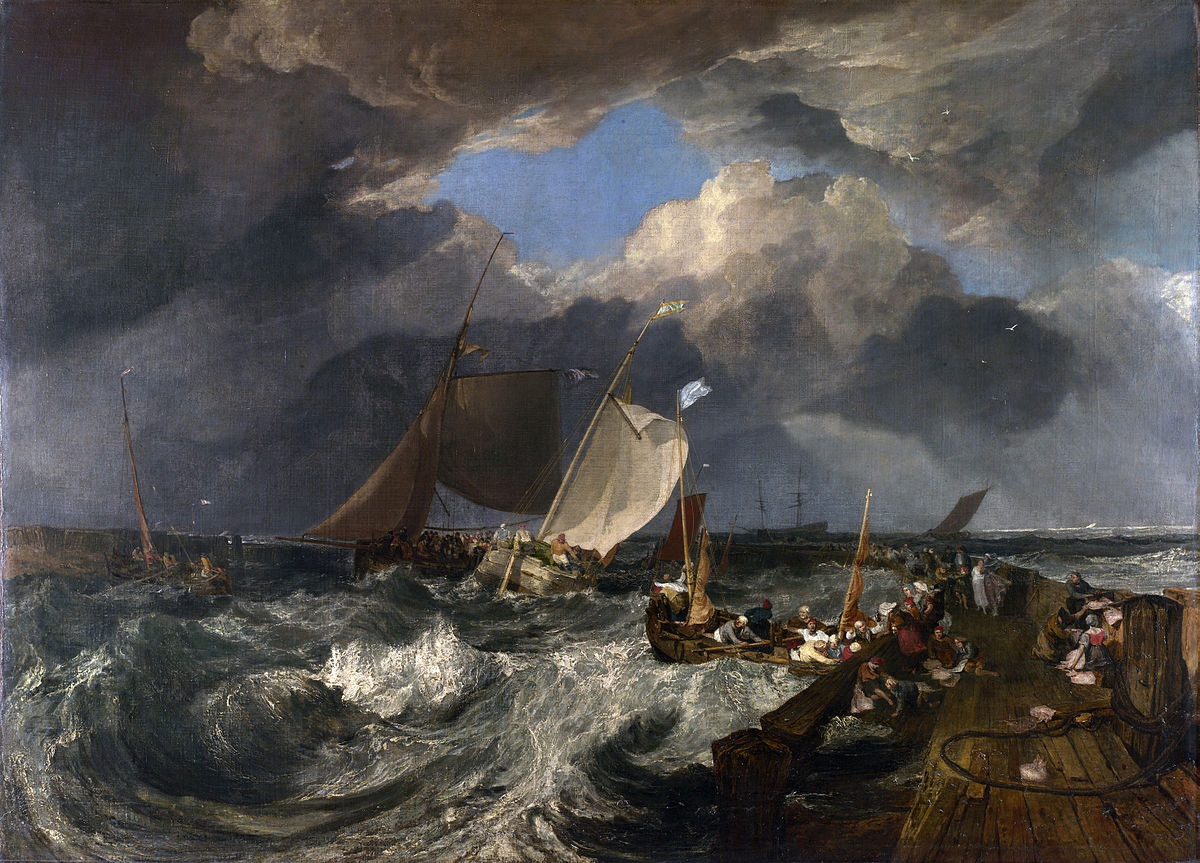
Fishermen at Sea 1796, oil on canvas
MATURE PERIOD
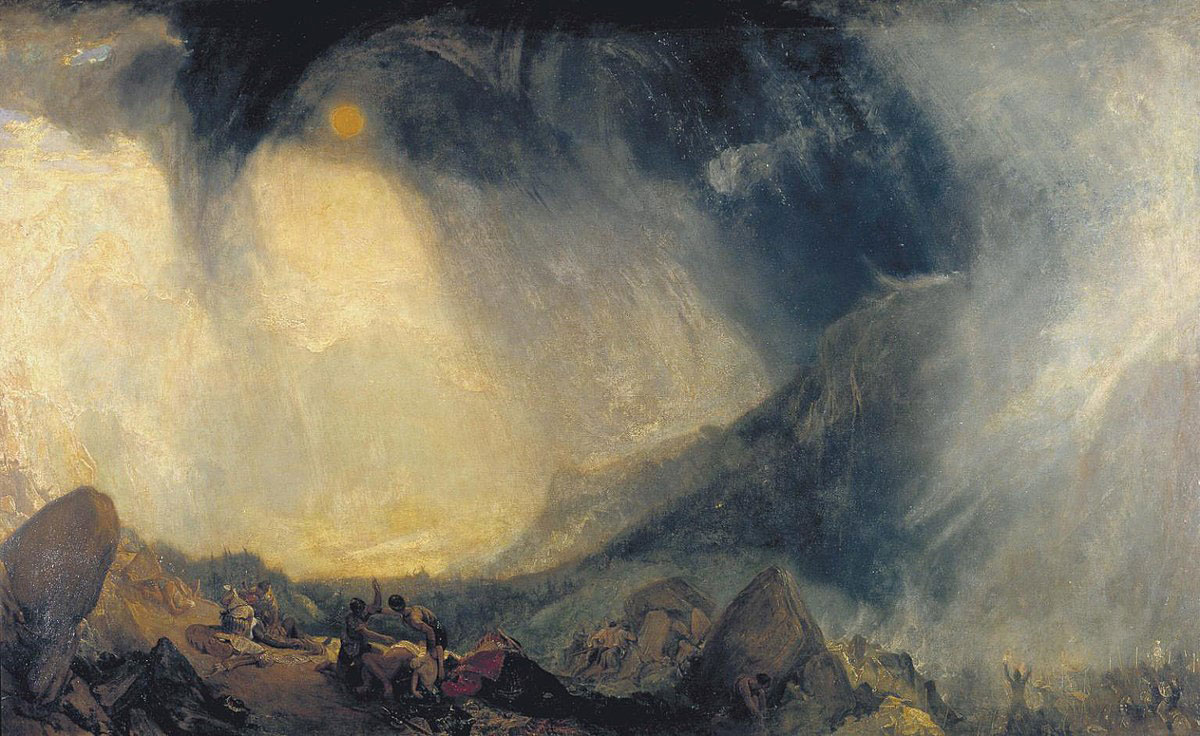
Snow Storm: Hannibal and his Army Crossing the Alps, 1812, oil on canvas
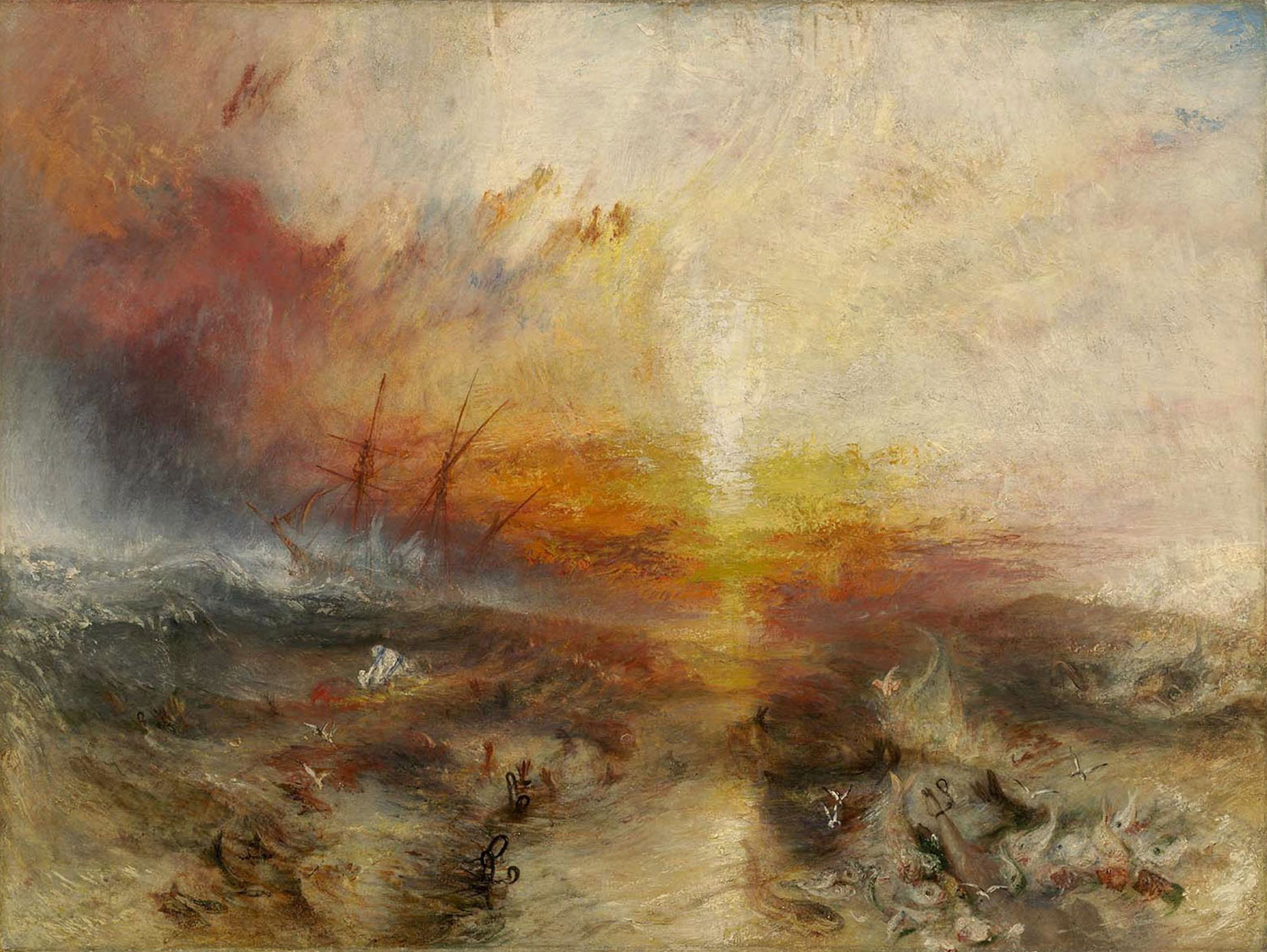
The Slave Ship, 1840 oil on canvas
Turner was very private about his personal life, and he became more eccentric as he grew older. He had few close friends, but was very close with his father who lived with him for 30 years and worked as his studio assistant, cook and gardener. His mother had died in 1804, probably in the mental hospital in Bethlem. After his father died in 1829, Turner suffered bouts of depression.
LATE PERIOD
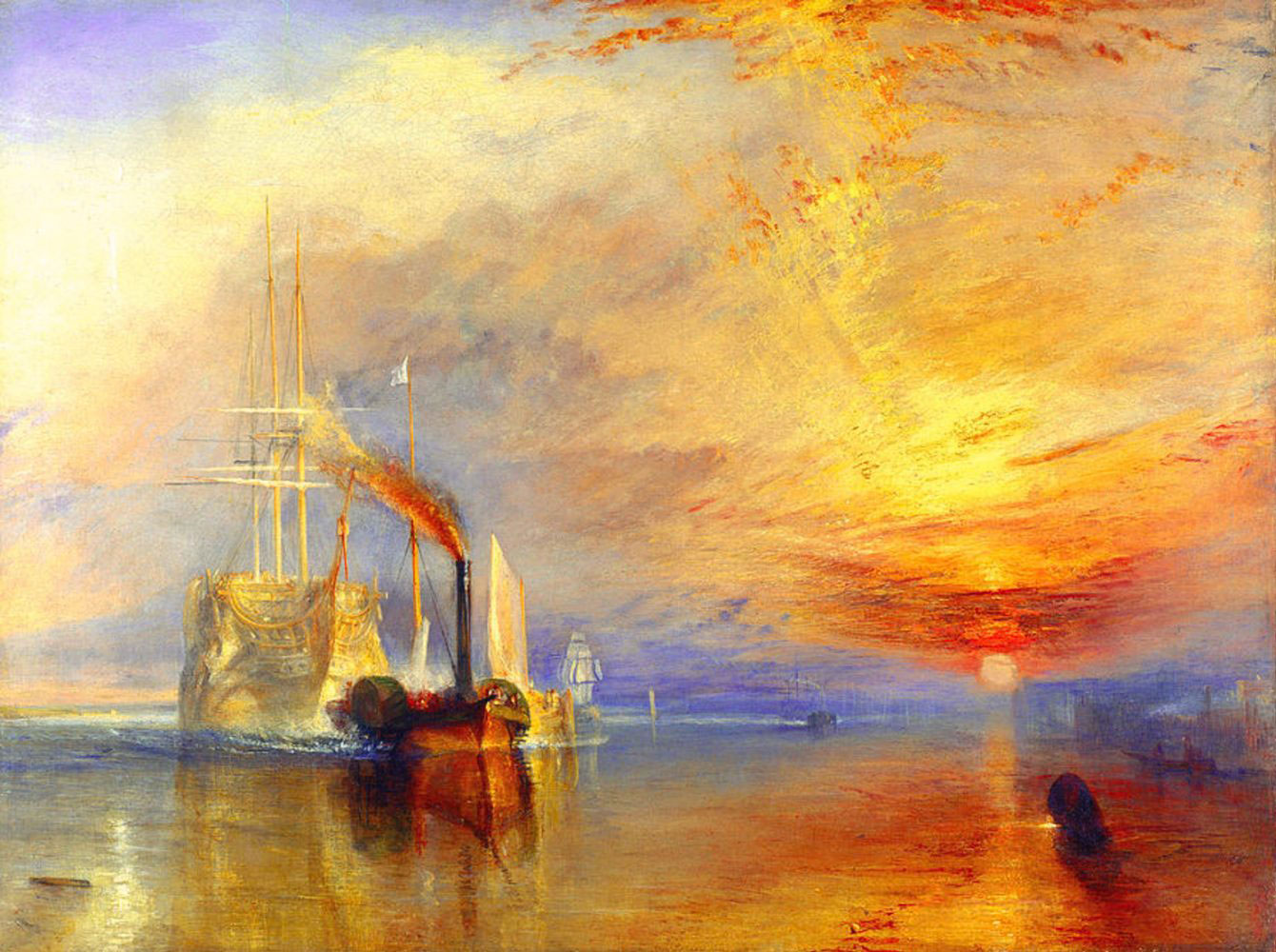
Fighting Temeraire, 1839 oil on canvas
THE LEGACY OF JOSEPH MALLORD WILLIAM TURNER
STYLE AND TECHNIQUE
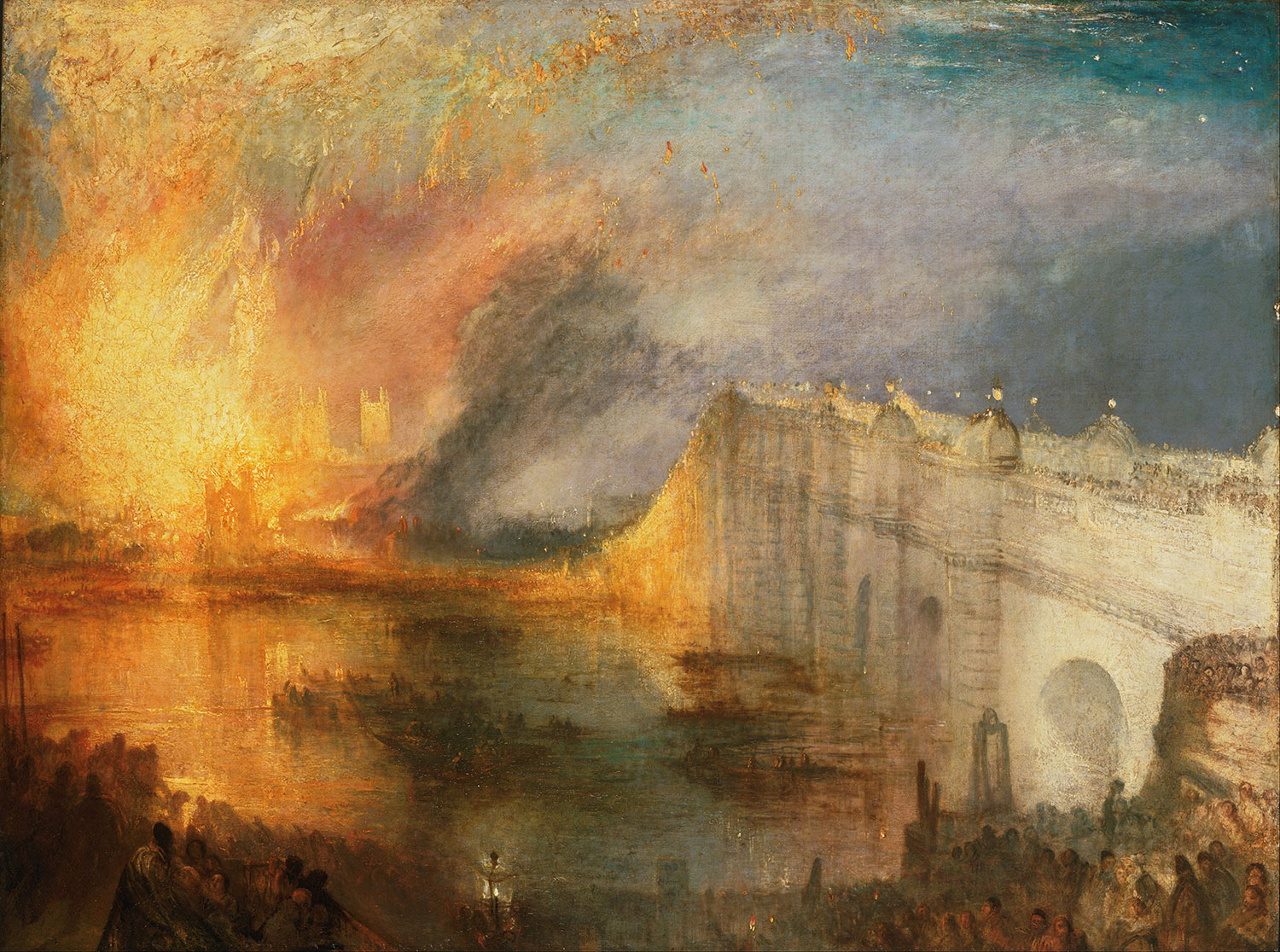
The Burning of the Houses of Lords and Commons, October 16, 1834
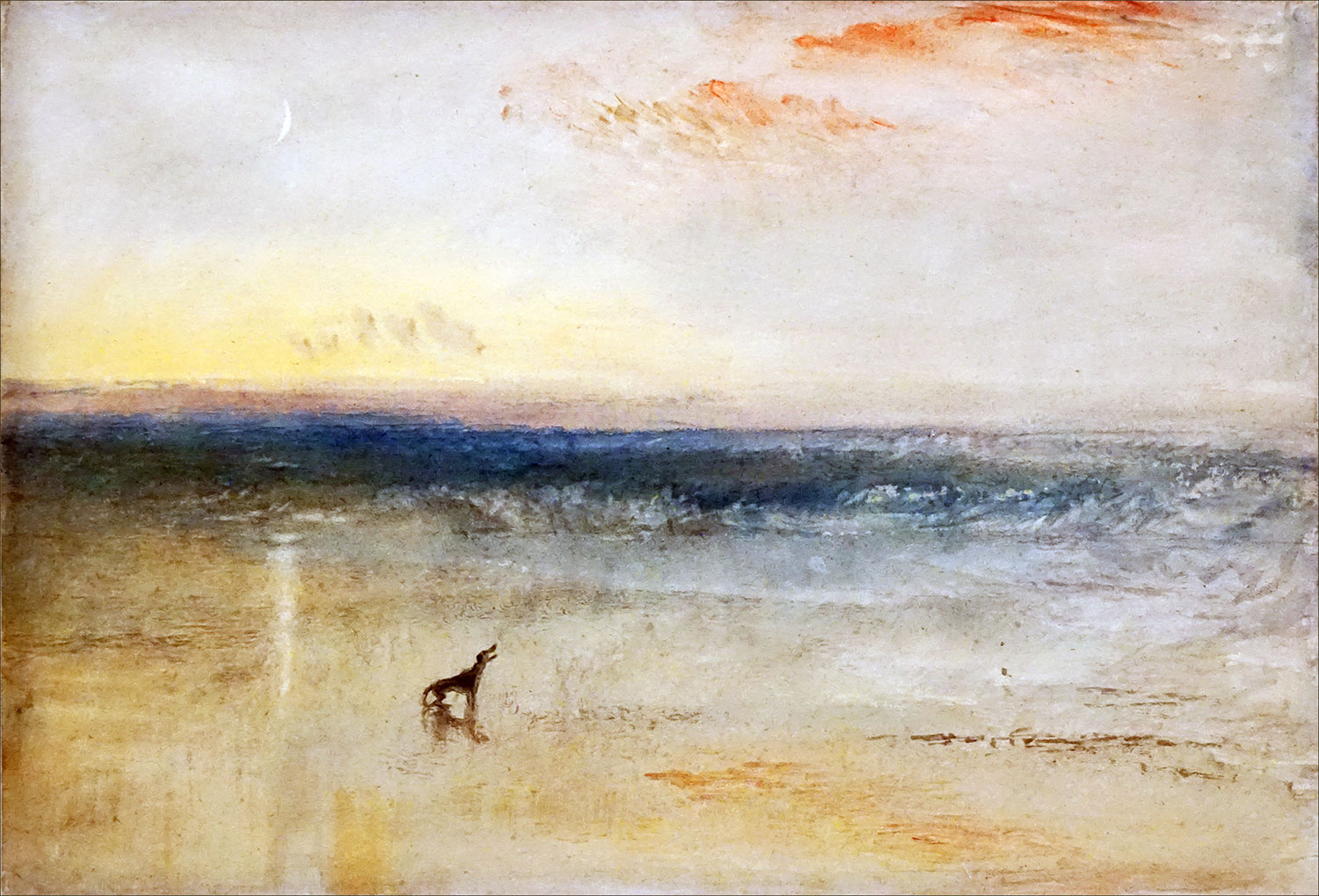
Dawn after the Wreck , 1840 watercolor & gouache on paper
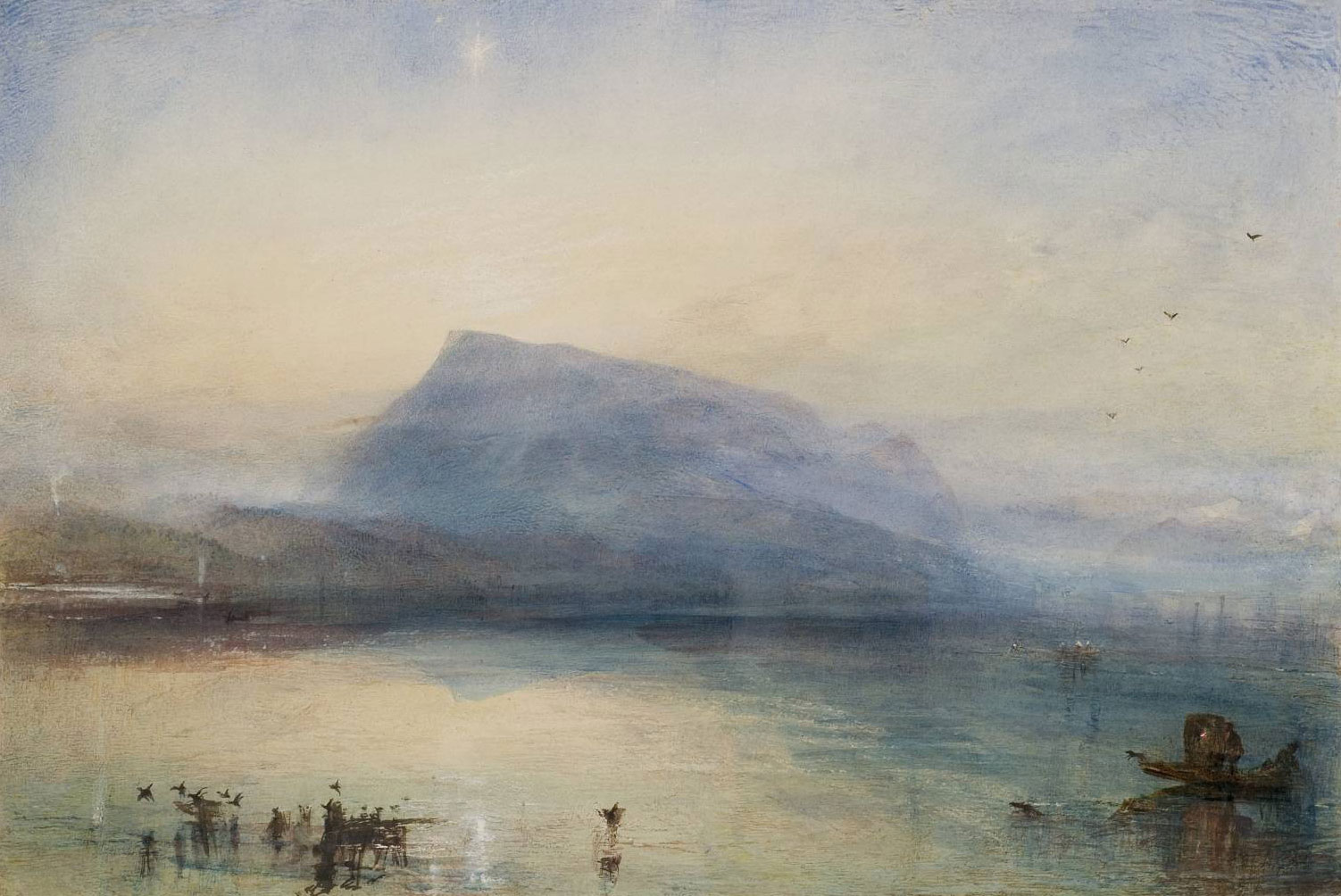
Blue Rigi, 1842, watercolor on paper
TURNER’S WATERCOLOR PIGMENTS
“I know of no genius but the genius of hard work.”
– JMW Turner
ENJOY THIS SLIDESHOW OF SOME OF HIS WORK…
Here’s a Pinterest board full of his work to inspire you!
WANT TO LEARN MORE ABOUT TURNER?
Master Artist Guide
AN ARTIST’S VOICE
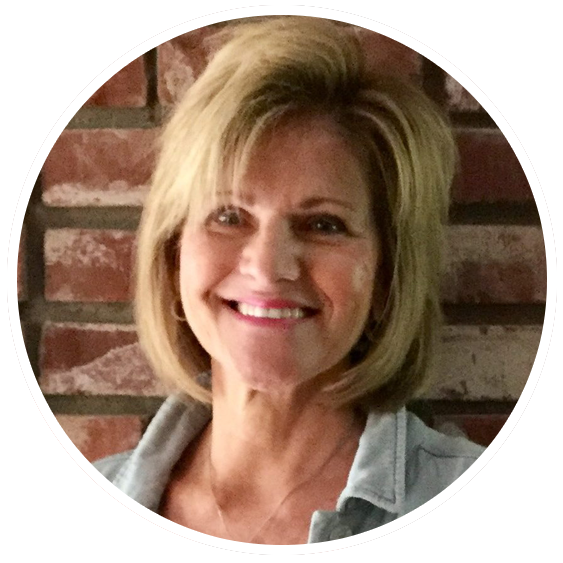
Interview with Ursula Wollenberg
I’m delighted to share with you some insight and inspiration from one of our dear teachers – Ursula Wollenberg! I hope you enjoy reading more about how she works with inspiration and weathers those creative blocks…
When you experience a lack of inspiration or a creative block, what is going on in your life that might be attributing to it?
Most of the time, it is due to too little time and too many commitments I have made. I tend to over schedule myself at times and need to learn to say no more often.
Self-doubt and a cluttered mind also hinder my creativity at times. Too many ideas and do not know where to begin, so I tend to procrastinate. I become impatient with myself and the process.
What activities typically spark inspiration and ideas for you?
When I feel these creative blocks emerging, I try to clear my mind and do something in nature. I love long walks outdoors, along the trails and lake around my neighborhood. In the warmer months, I enjoy my garden, feeding and watching birds and just relaxing outside on the deck.
Sometimes all it takes is organizing my studio or leafing through my art magazines, giving me that spark of inspiration I need at the moment.
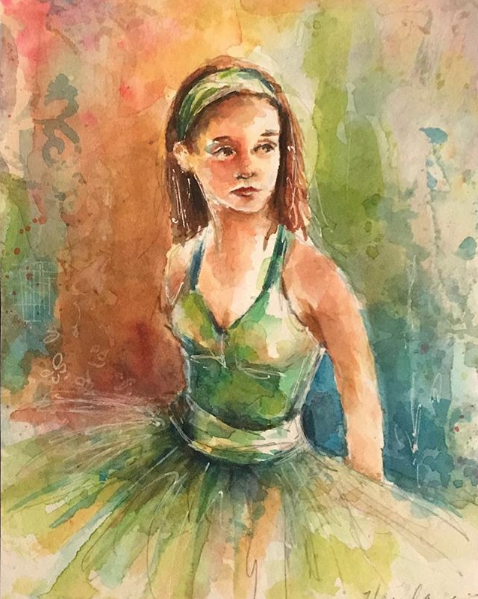
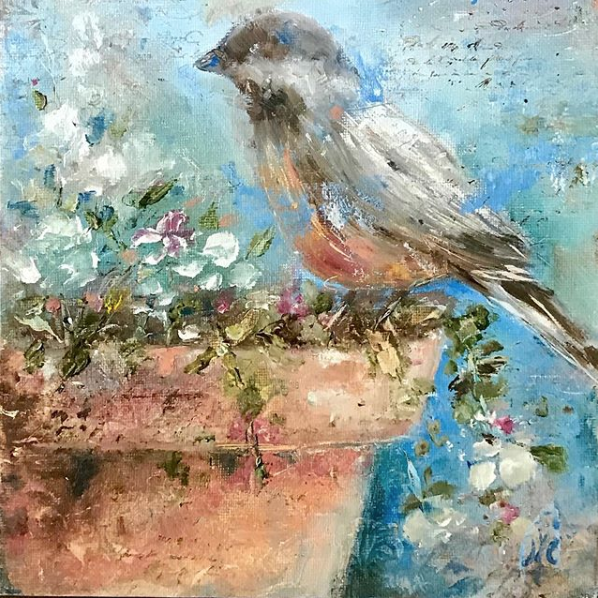
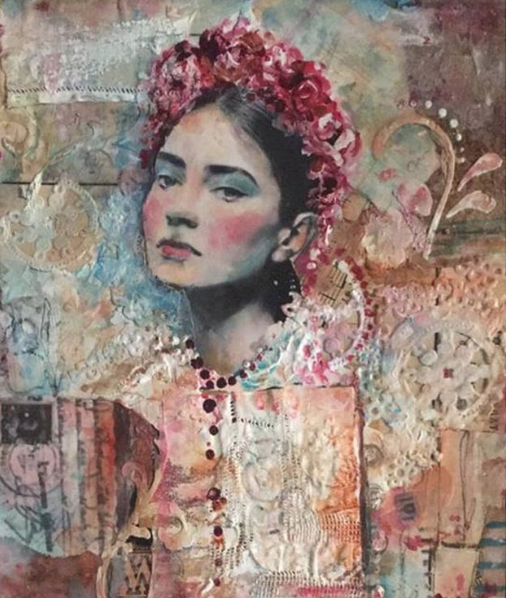
How does it feel in your body and mind when you experience a creative block? What emotions do you need to process?
When I hit a creative block it causes much frustration , confusion and sometimes even a little anxiety.
What are three actions you take that help you move past an artistic dry spell?
I usually have a long talk with myself and try to approach my creativity at a slower pace. I pull out my watercolors, lay down colors and just play without expectations.
Or pull out my journals and look back at ideas, images and words I have entered. And, at times I am inspired to add more to these pages. There is something very healing about both of these activities and you never know what you will discover.
Sketchbook Explorations
EXPLORATION 1
Turner Inspired
Choose a Turner painting (or a few) that you adore and either do a study of this work or create a painting with Turner as your inspiration. Remember what is important is that you explore his colors and style not to make a perfect reproduction. So have fun with this! Do as many as you like!
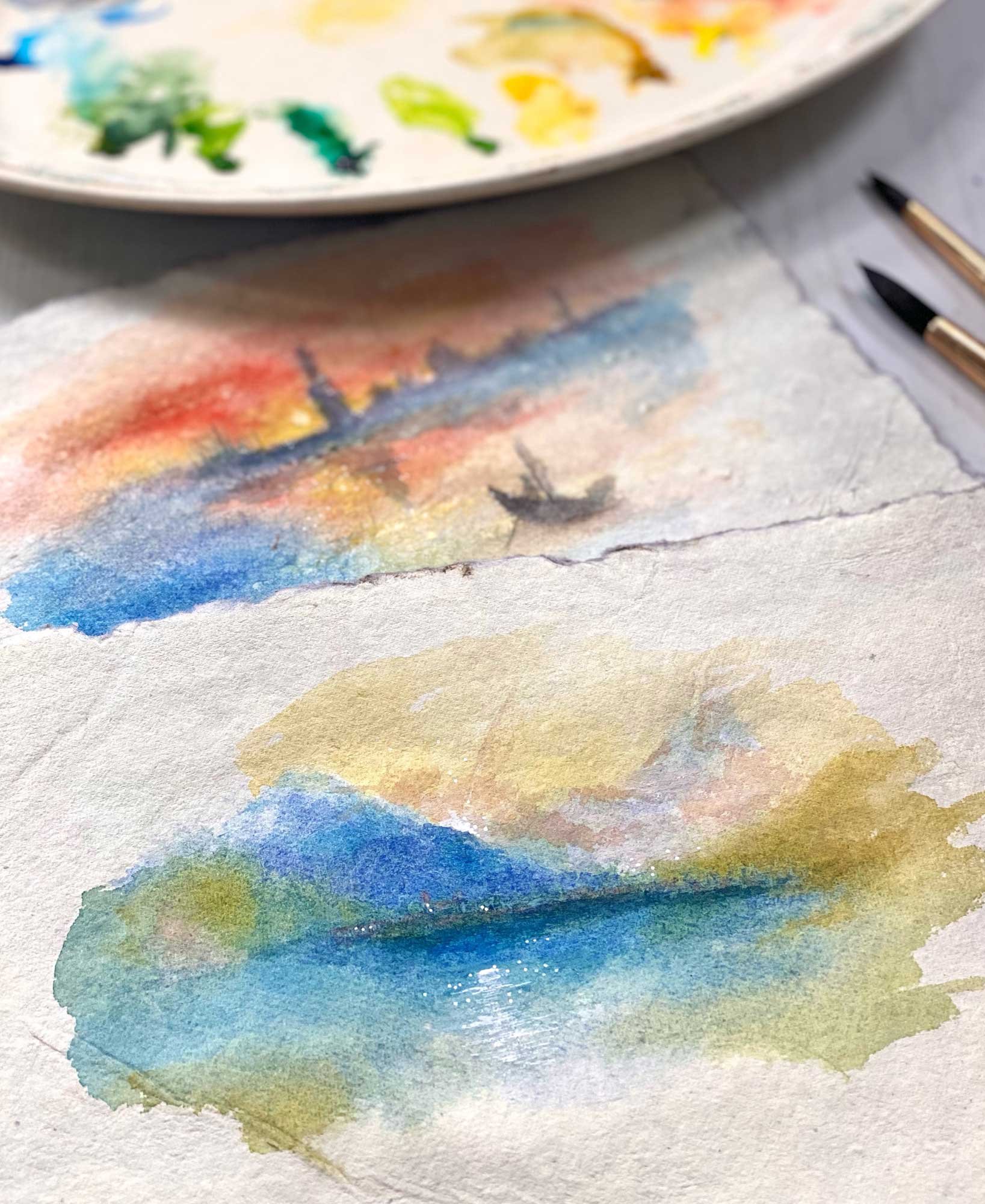
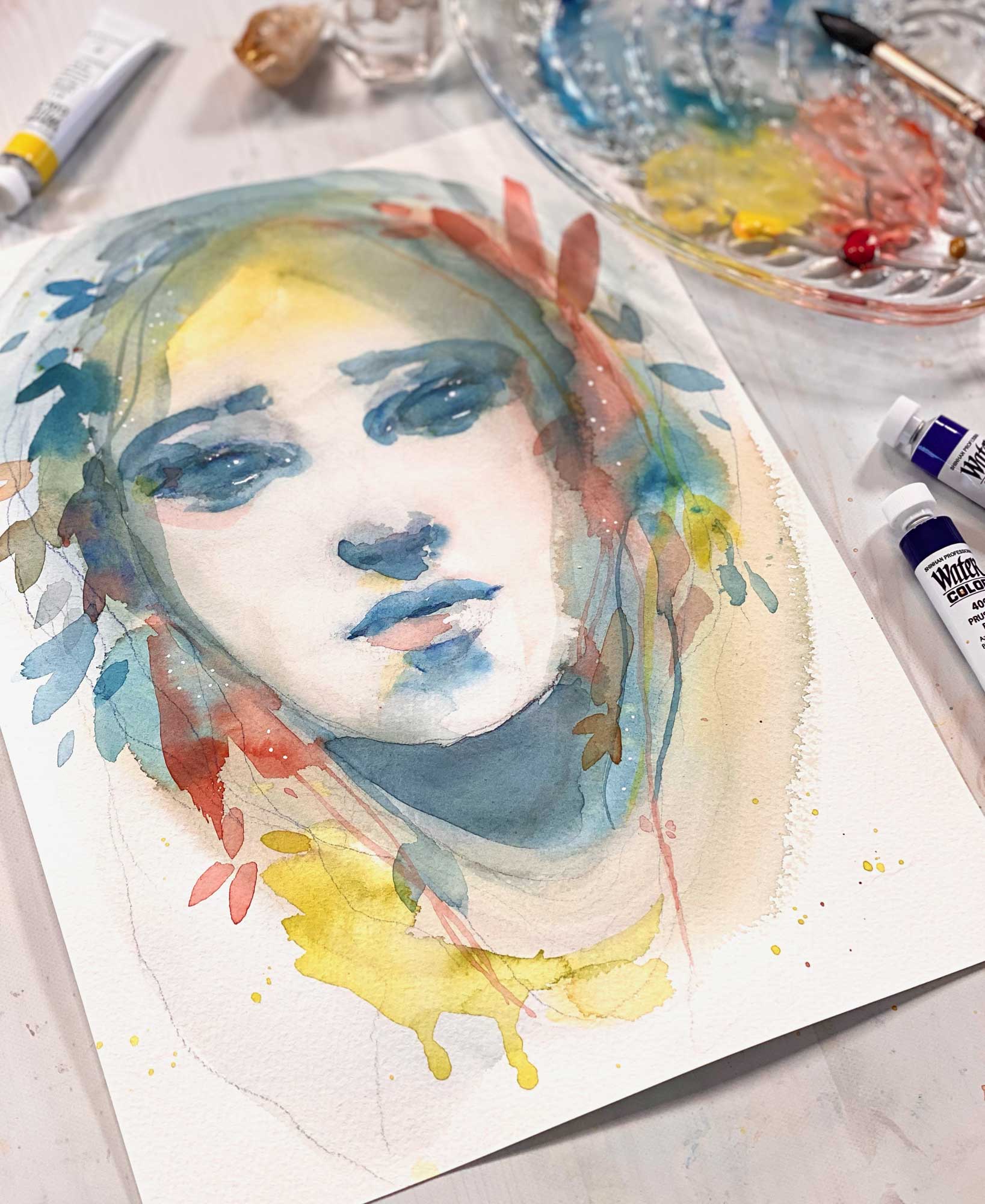
EXPLORATION 2
Paint Your Muse
As we have discussed previously, I think it is a wonderful exercise to write a letter to your Muse and I hope you will give that a go. Let’s take it one step further and paint our Muse. This can be an intuitive exercise. Sit quietly in your studio, maybe do a short meditation and connect with your muse (the energy or spirit of your creativity). Imagine seeing her in your mind’s eye. What does she look like? Is she just a collection of colors or shapes or does a face come to mind. There is NO wrong way to envision your muse. She could be completely abstract. Once you open your eyes and approach the page, can you capture her with your paints? I approached this by first meditating for a bit to connect, then I used my non-dominant hand to sketch my muse’s face. I did this because it allows me to stay really loose. I then used my watercolors to add color to her! So fun! She will be going up in my studio as a reminder to work with her.
EXPLORATION 3
Make an Inspiration List
Take a page in your sketchbook or art journal and write a big ole list of all the things that inspire you! It could be anything from certain colors, styles of artwork, admired artists, books, poetry, movies, nature, your mom’s apple pie…anything! Write it all down. This is a great list to visit when you are feeling unsure of what to create! Use your favorite pens, paints or anything else to embellish the page! I enjoyed using a special dip pen to create my list!
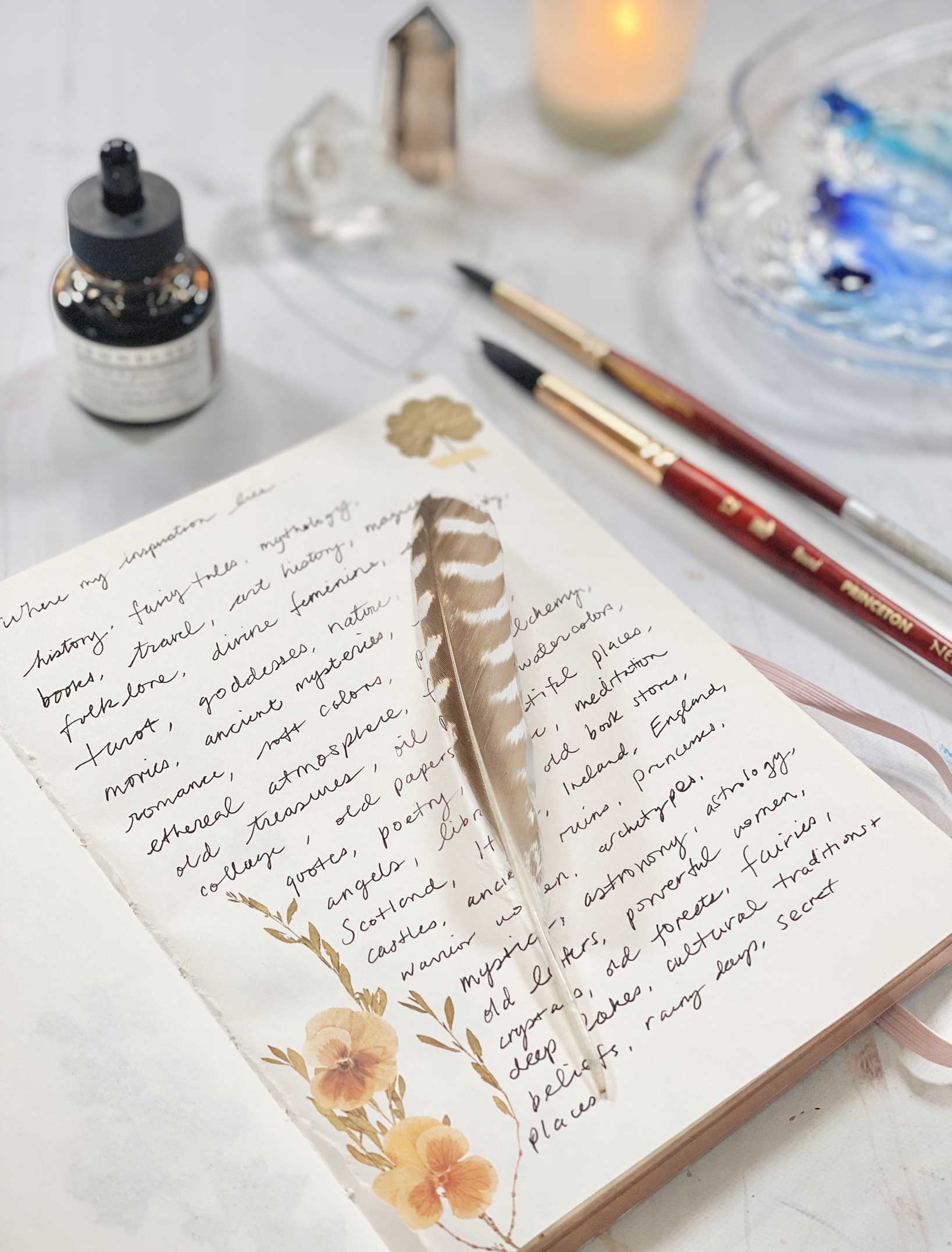
FEBRUARY ART PROJECT
Flowers in a Glass Vase
By Ursula Wollenberg
Ursula has always loved the beauty of watercolors and the free-flowing feel. Light shines through each brushstroke of color.
Ursula chose a lovely oil painting by Turner to use as our inspiration. Using this beautiful color palette, we will create our own flowers in a vase. It will be fun to see our own interpretation of his work and style using a more fluid medium.
Let’s begin…
STUDIOWORKS
Submission Calls
STUDIOWORKS PODCAST
issue twenty-six
You can also listen to this month’s issue of the Studioworks journal. I find I love listening to books, podcasts and music while I draw, paint or go on a long walk. Enjoy.
Studioworks : issue twenty-six
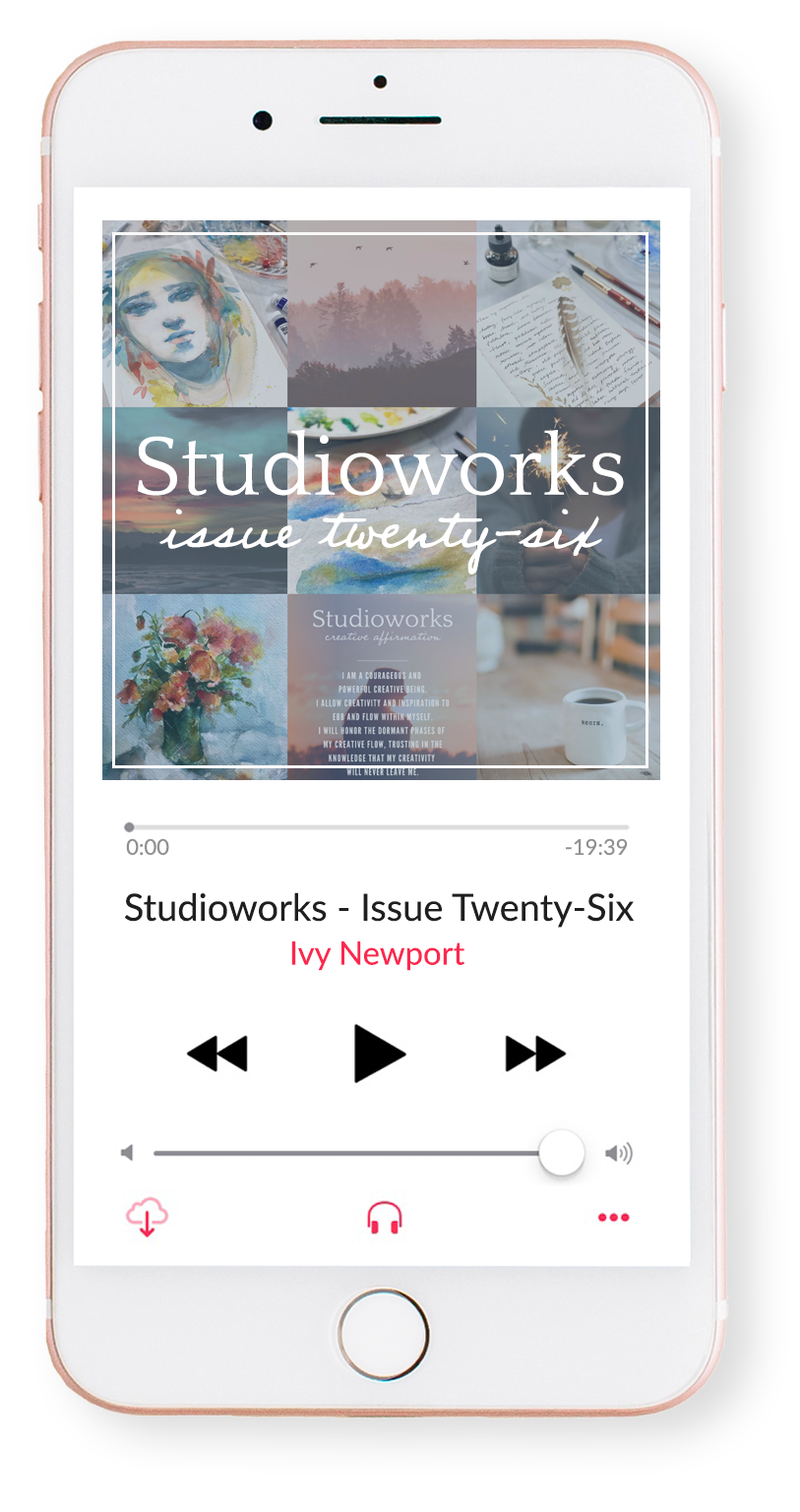
inspiration: curated
Books to Discover & Enjoy
MUSIC PLAYLIST
I had so much fun curating this list. I hope you enjoy!!
PINTEREST BOARDS
Interesting things to watch or listen to
FAVORITE SUPPLIES THIS MONTH
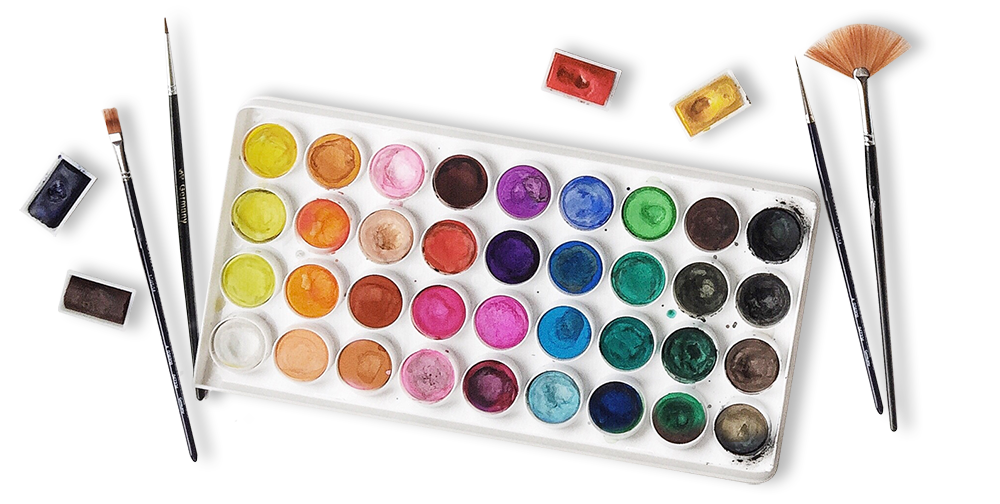
CLASSES TO TRY
These classes carry much of the same feeling of magic and exploration. I highly recommend checking them out if you haven’t already. Enjoy!

© 2019 IVYNEWPORT, LLC ALL RIGHTS RESERVED.

